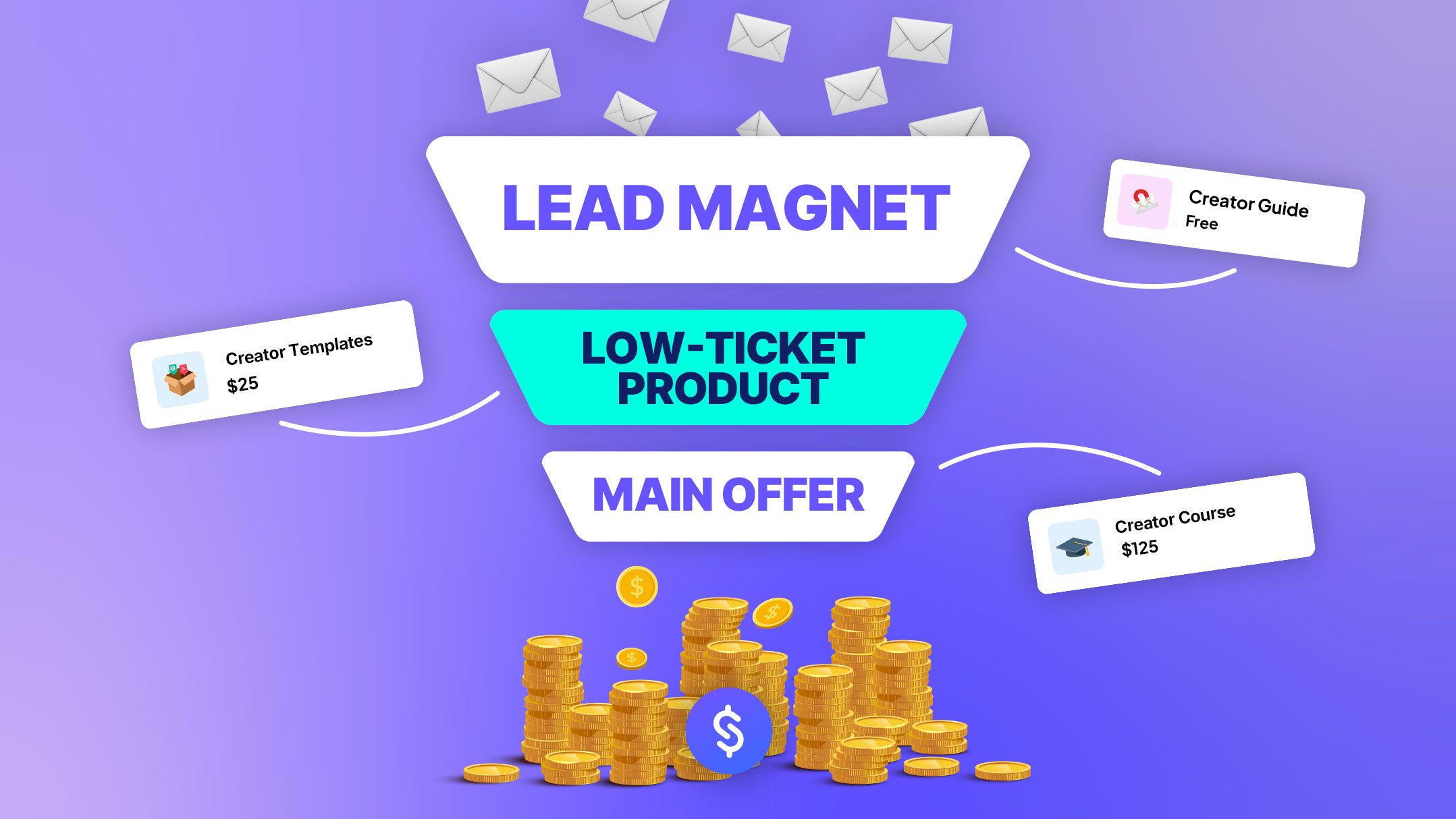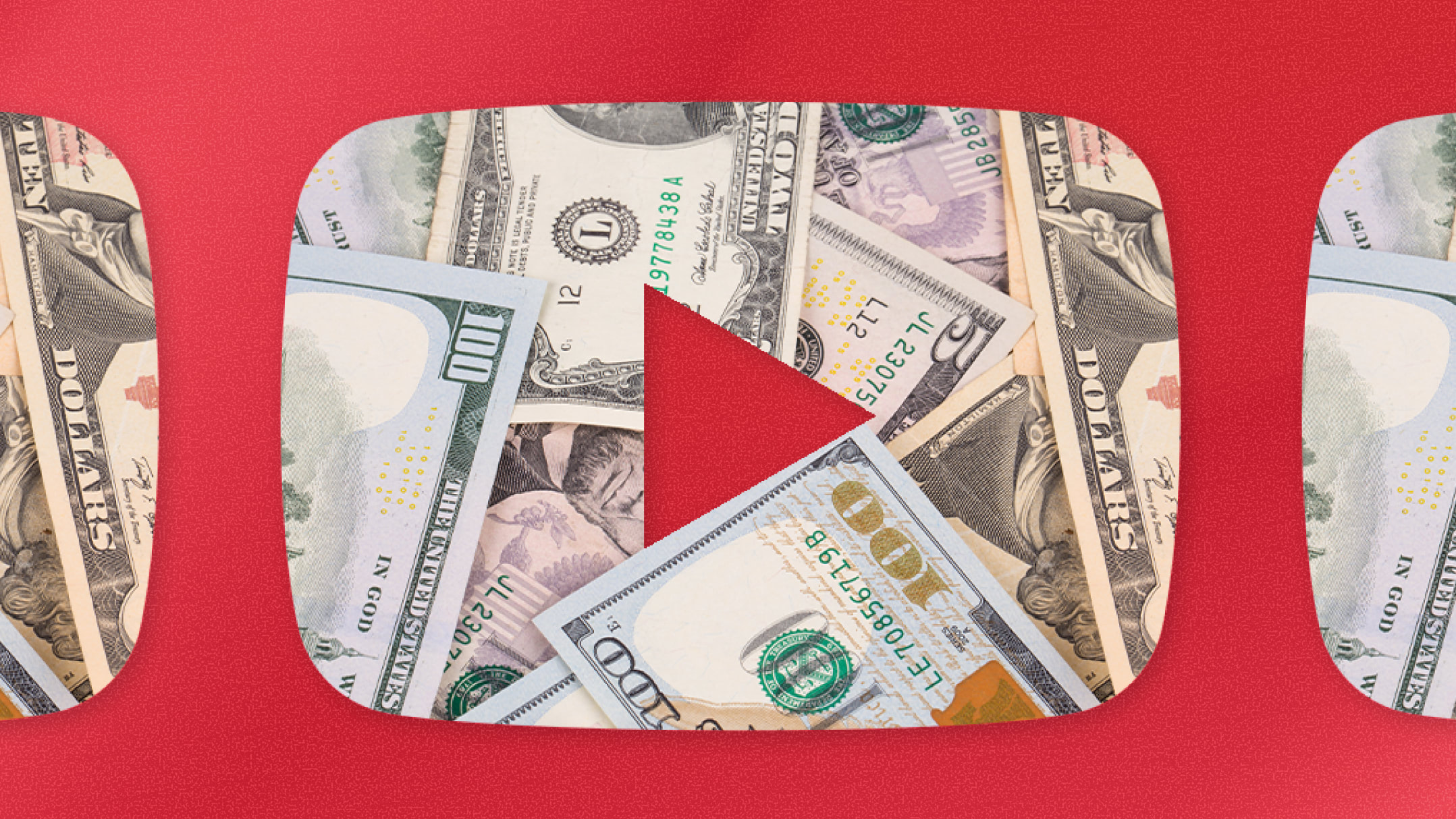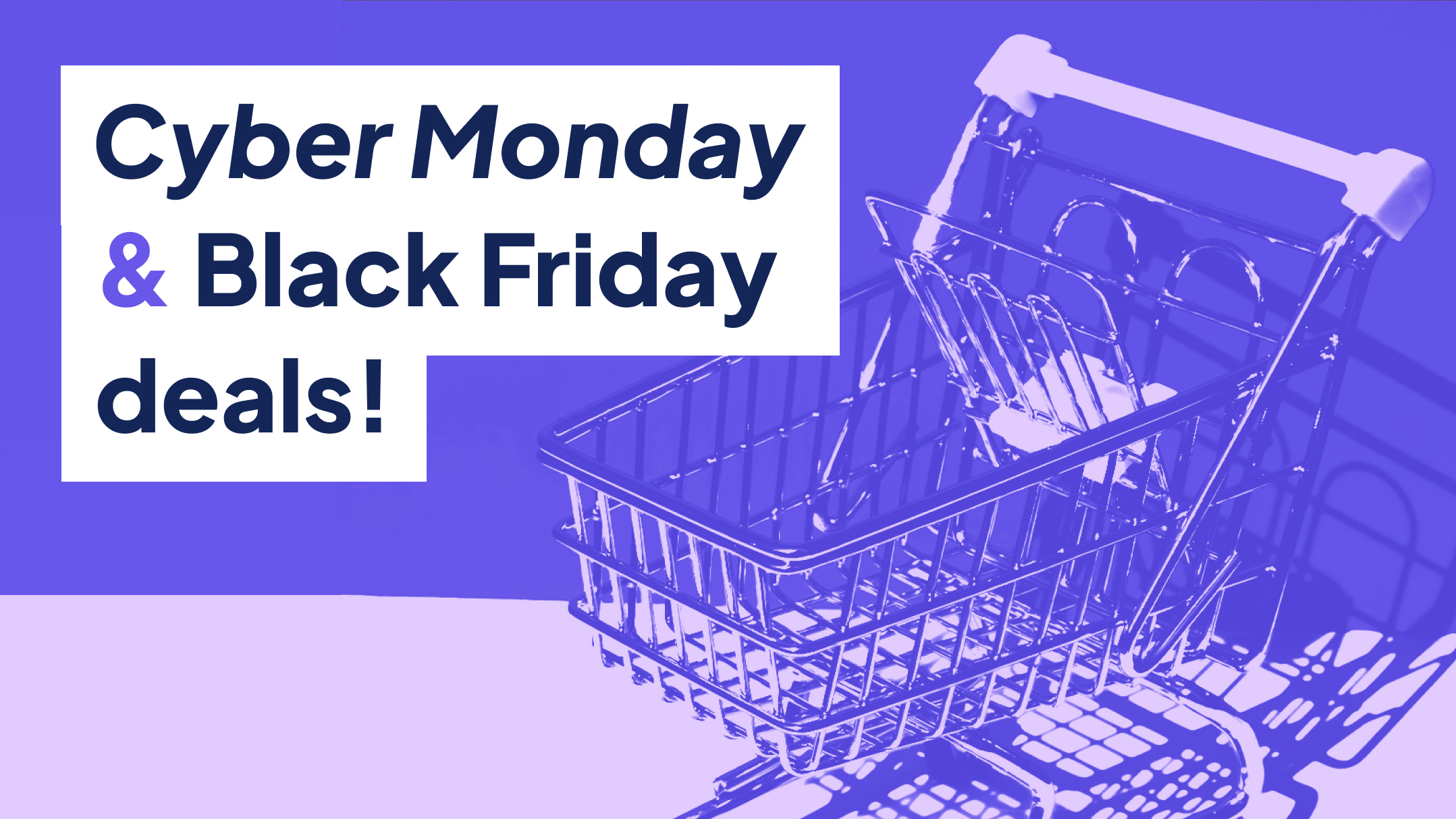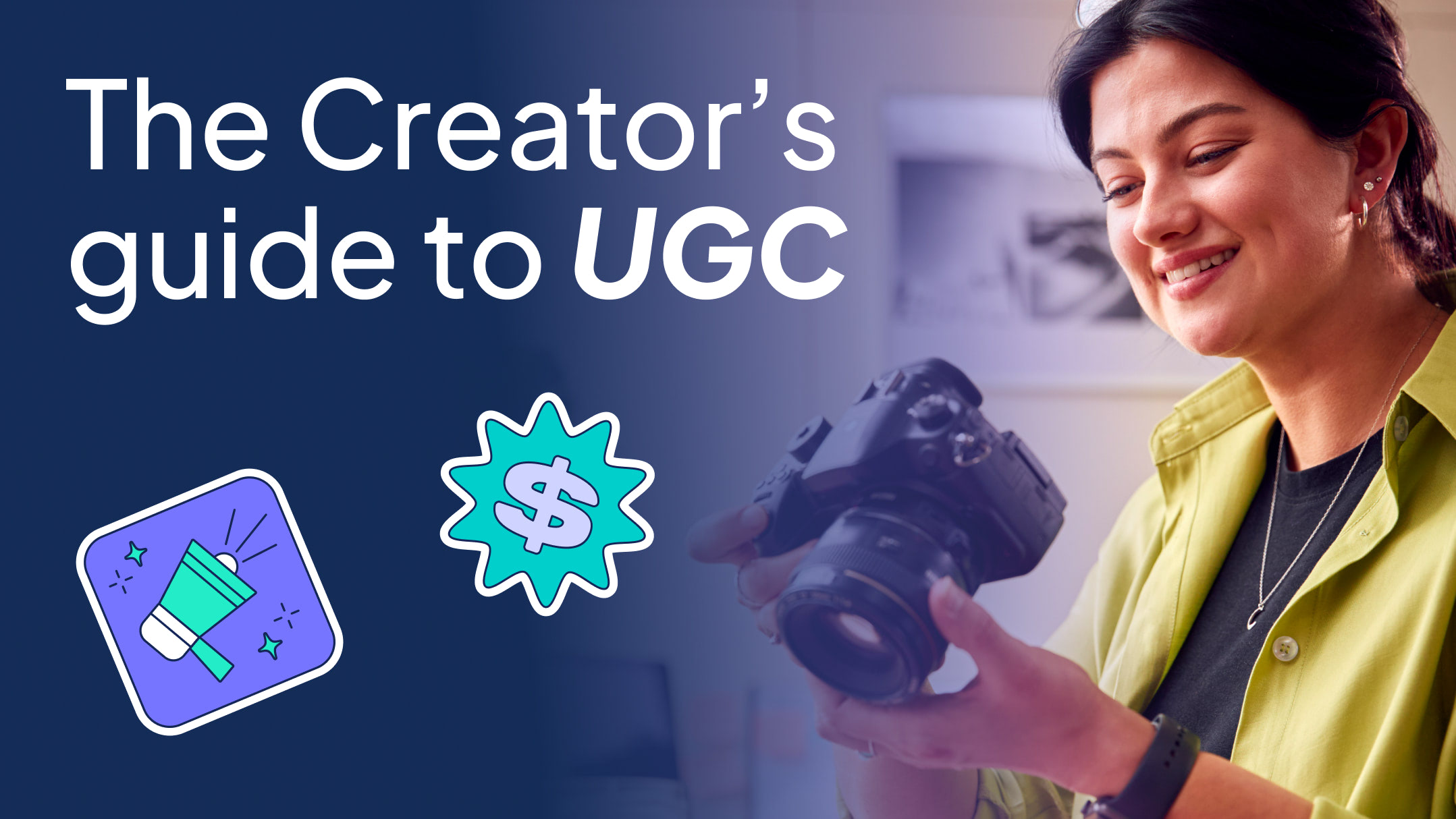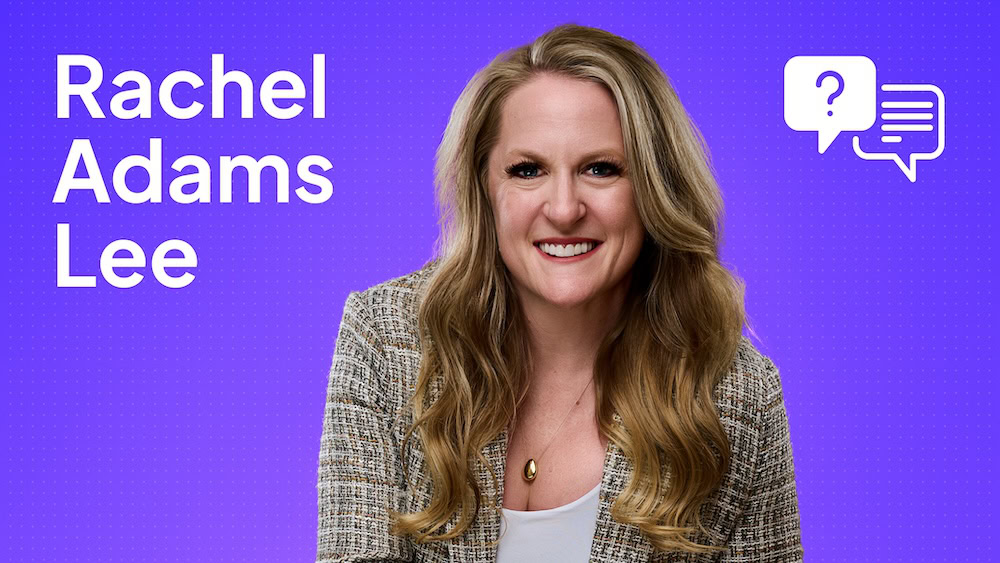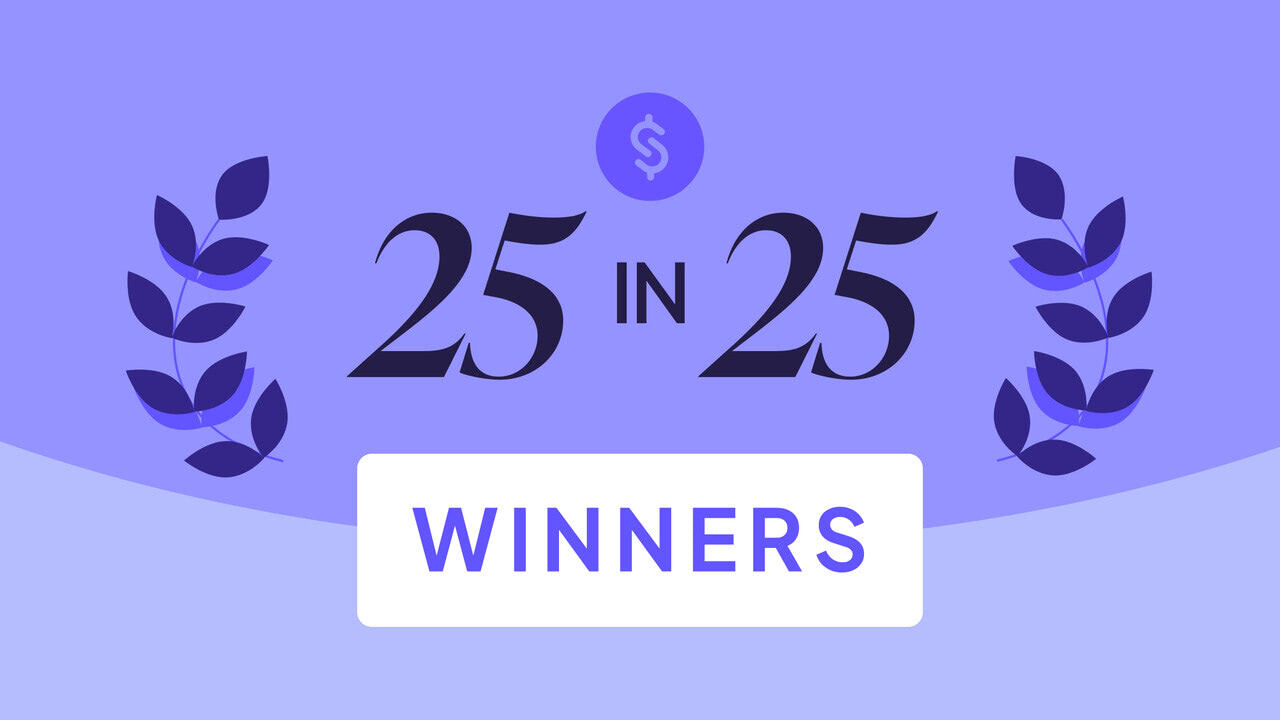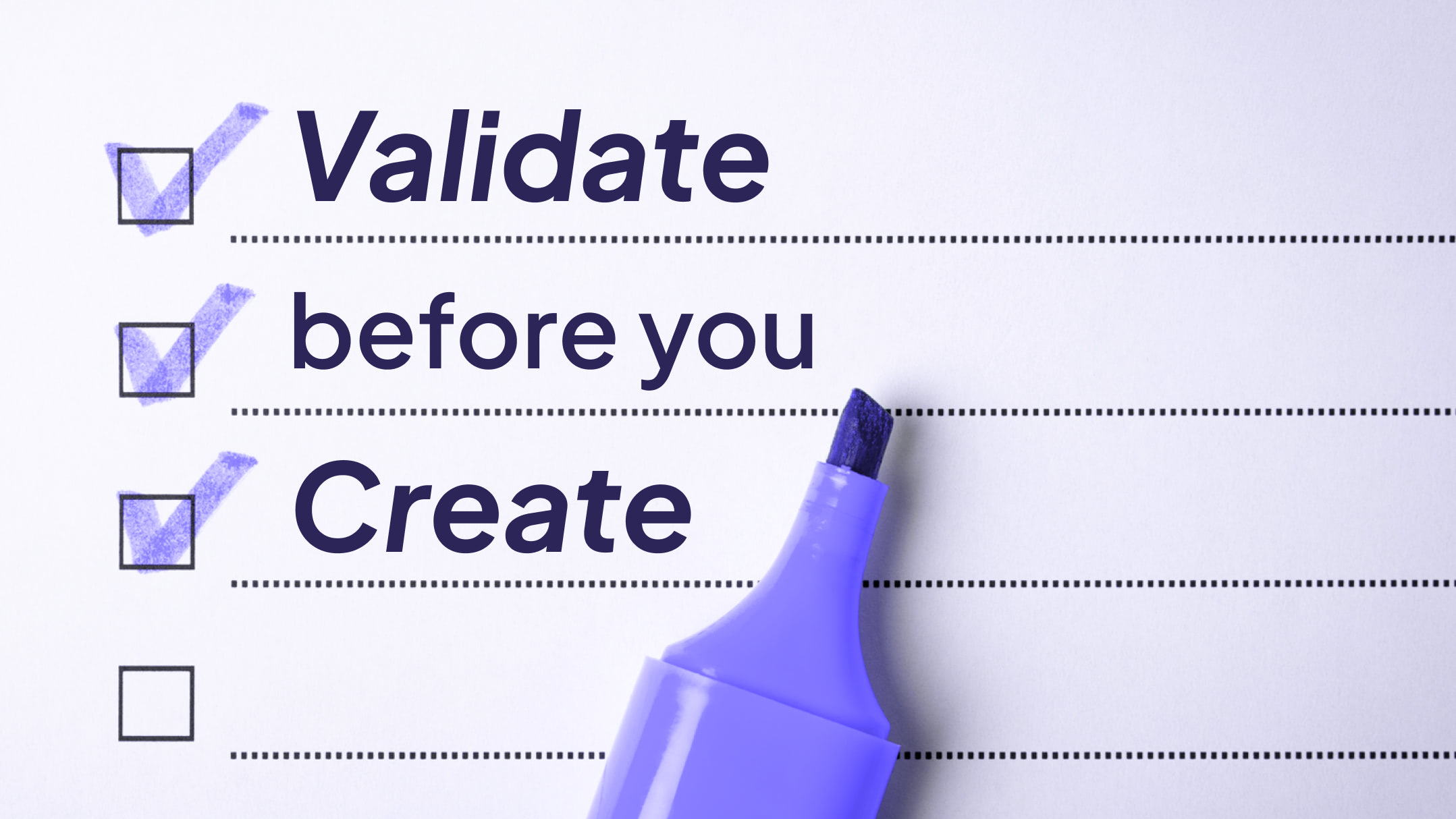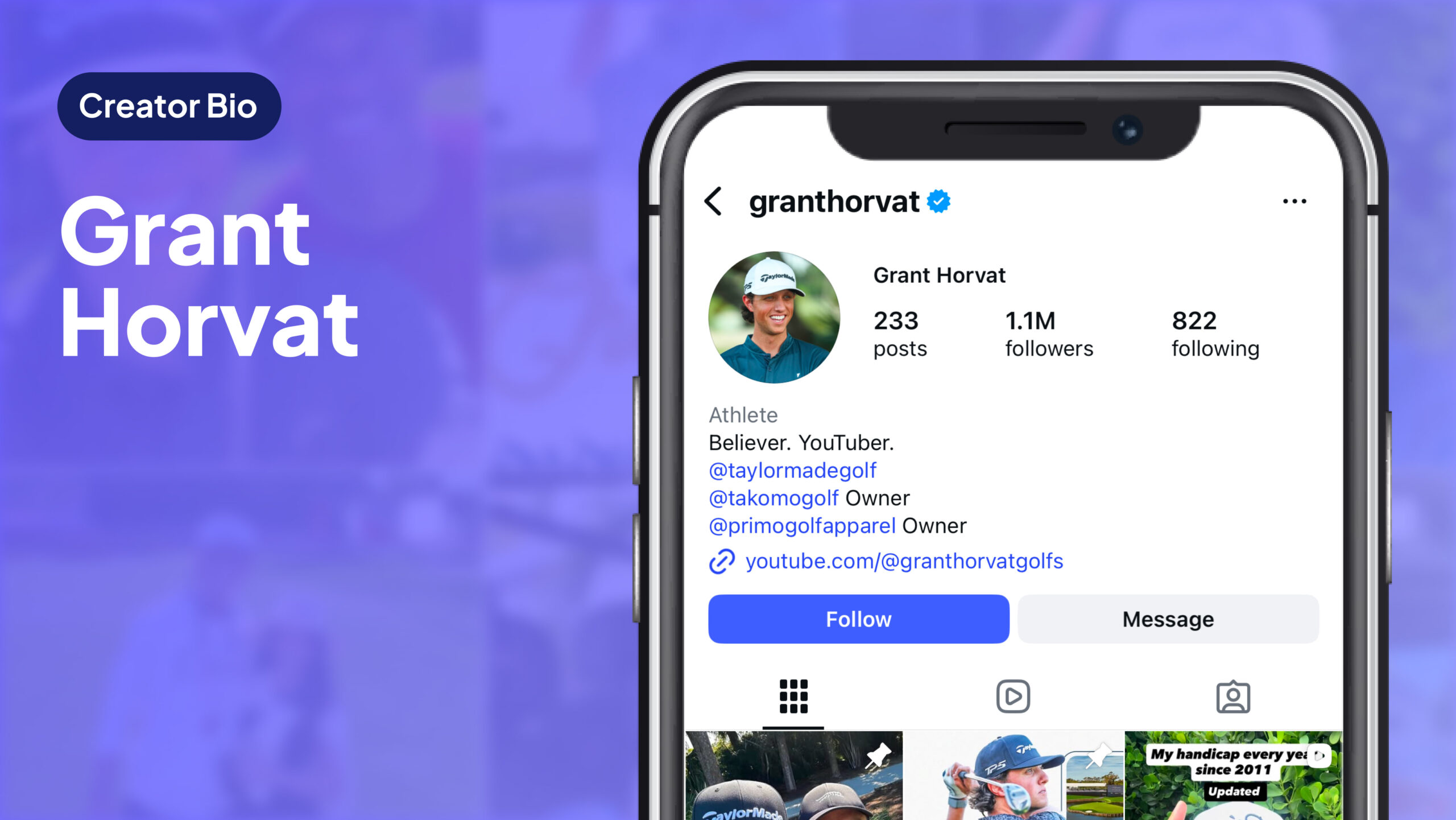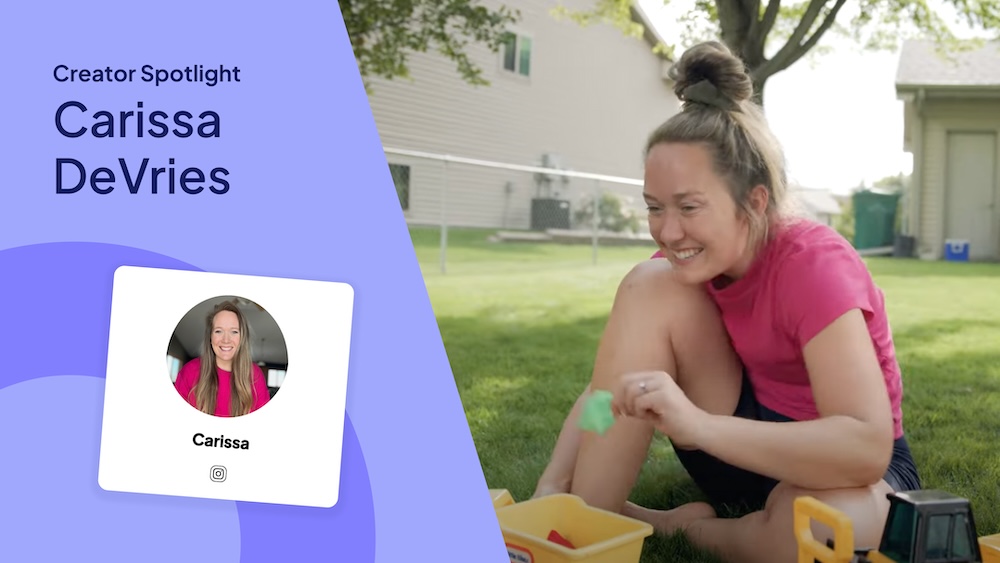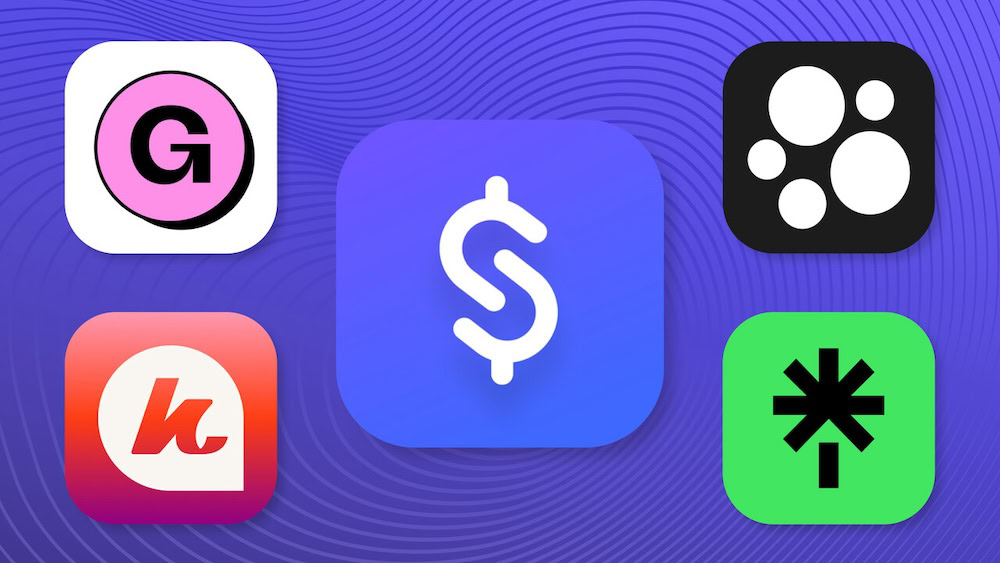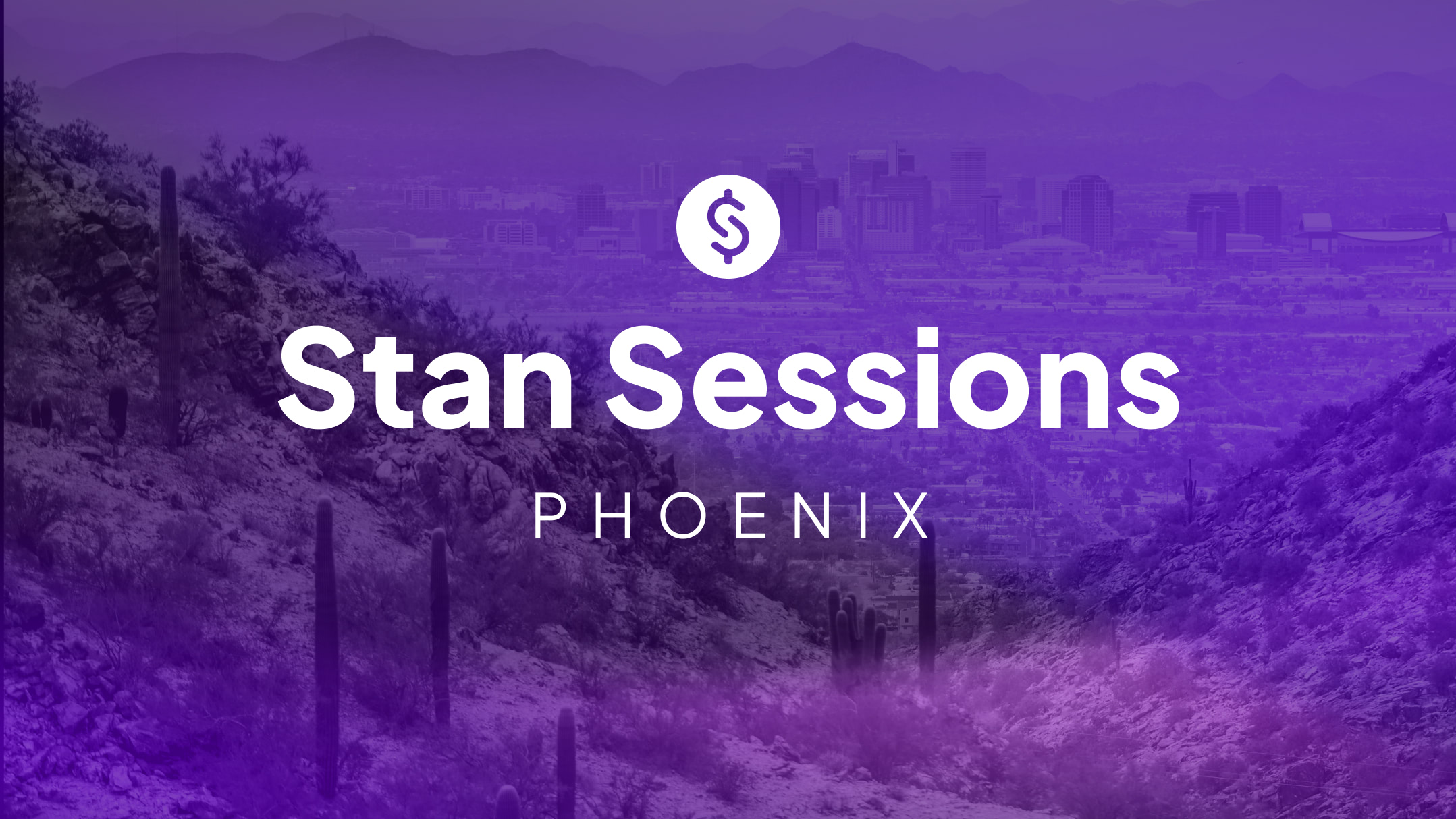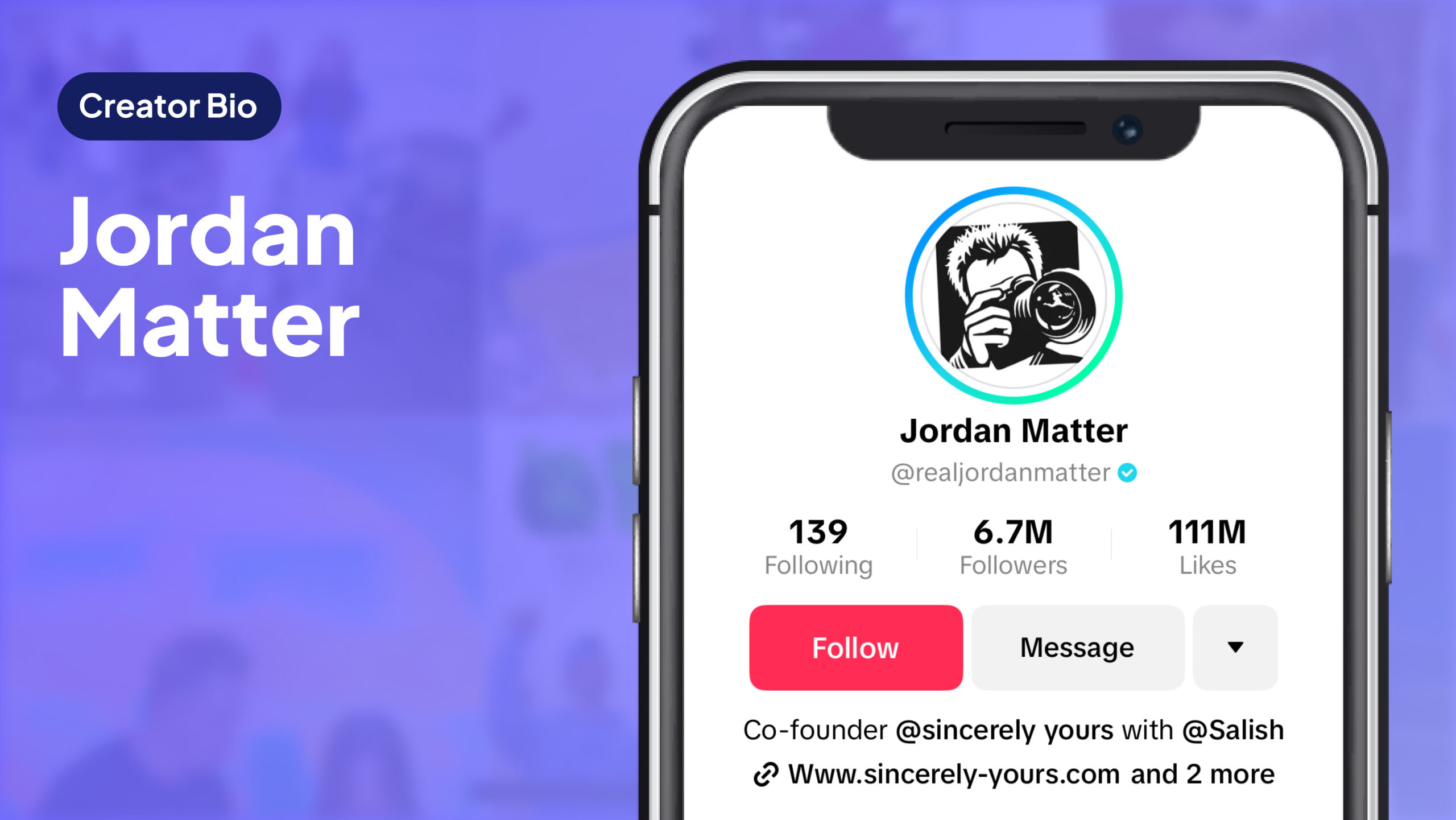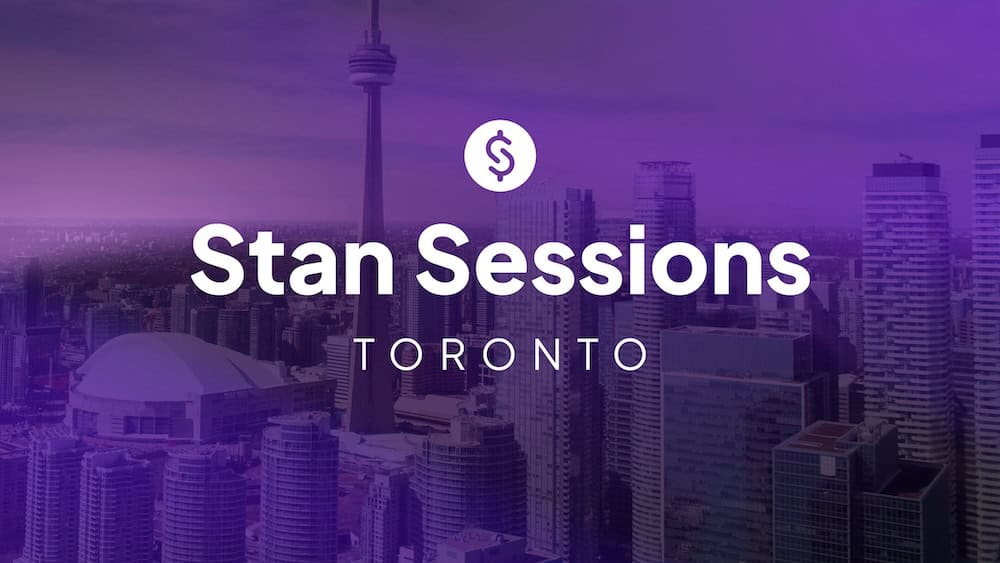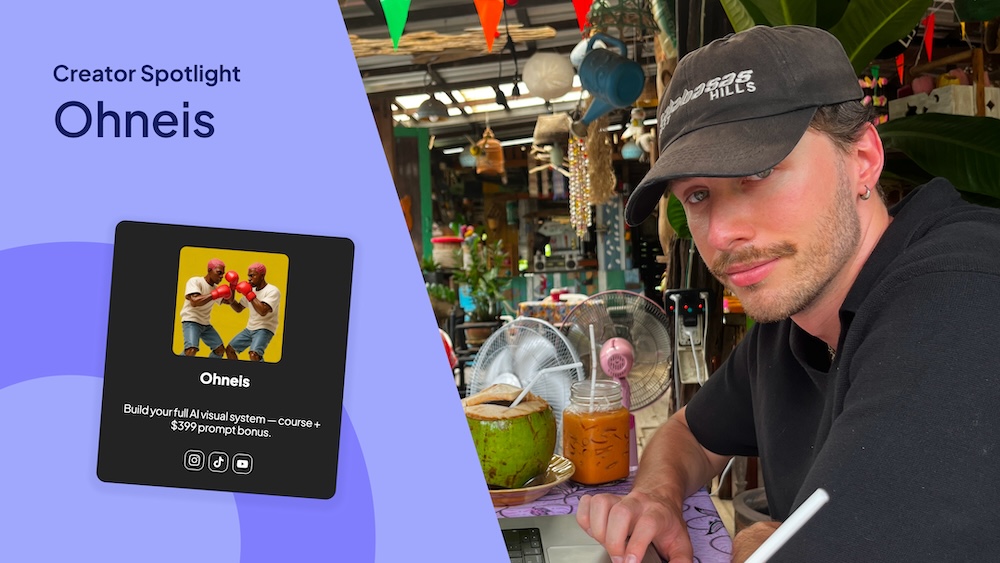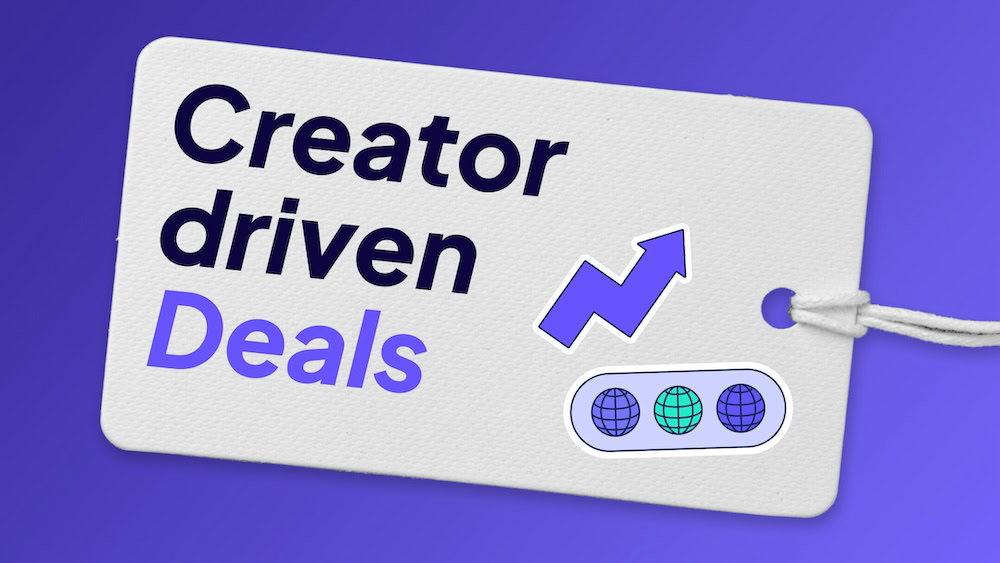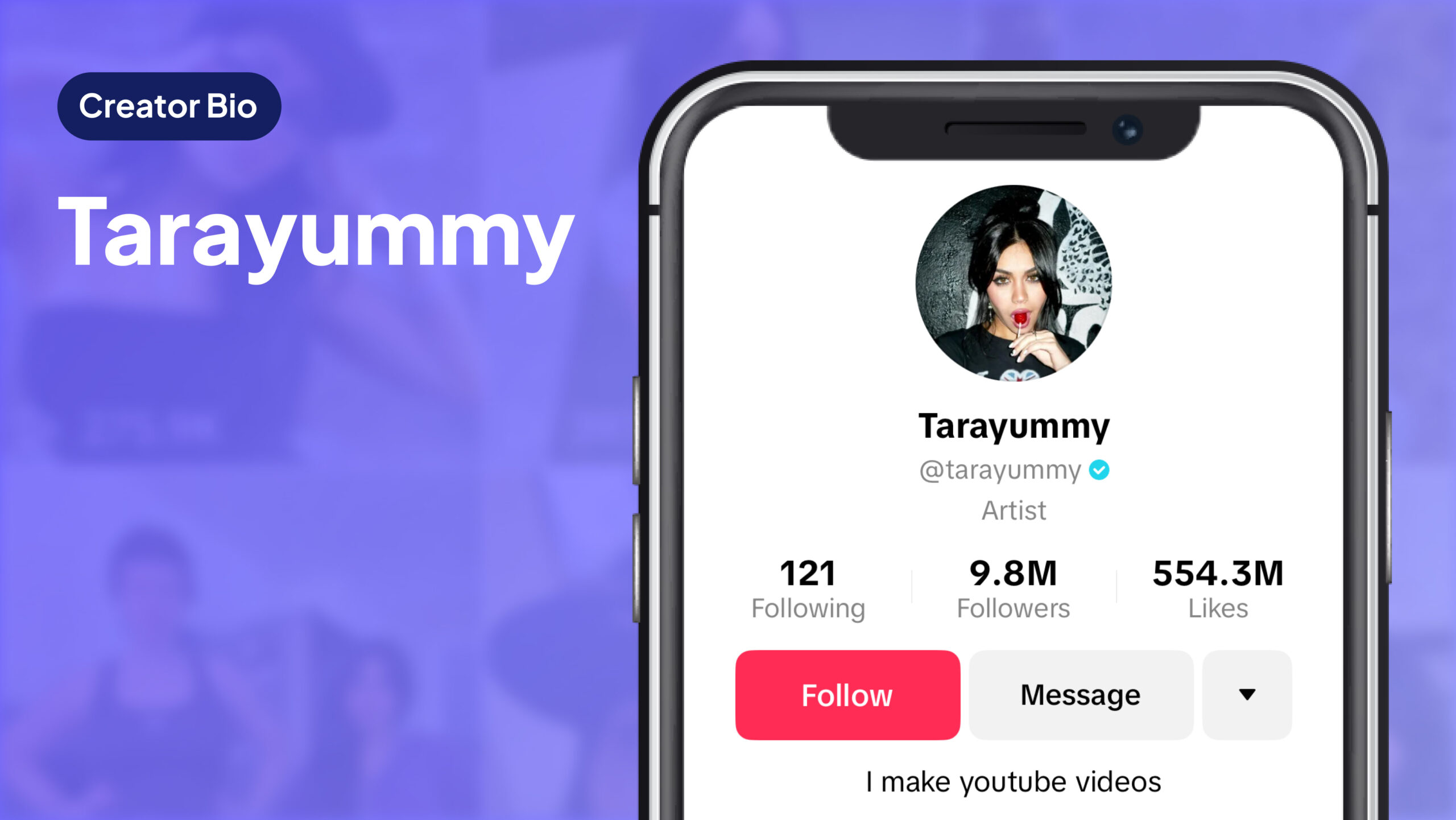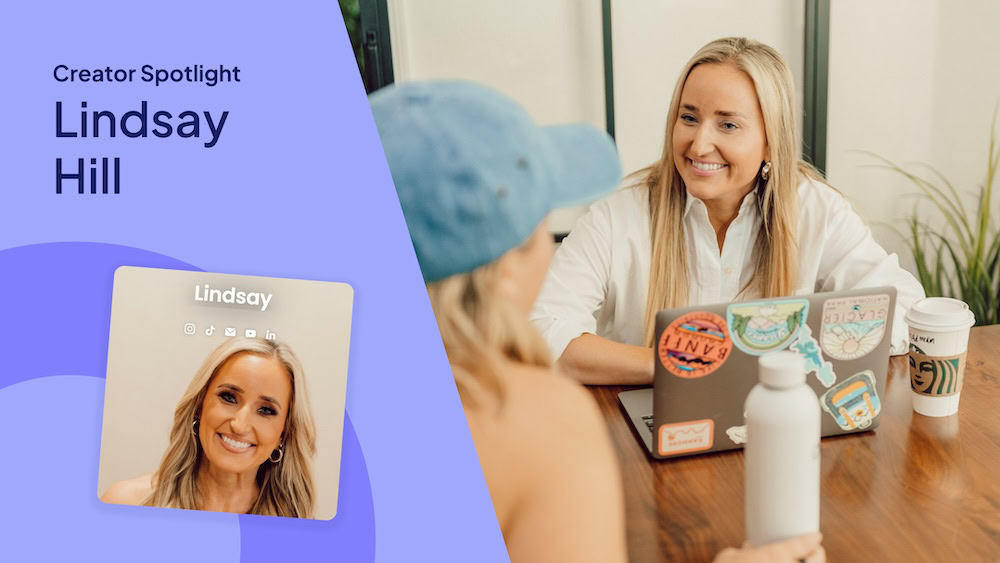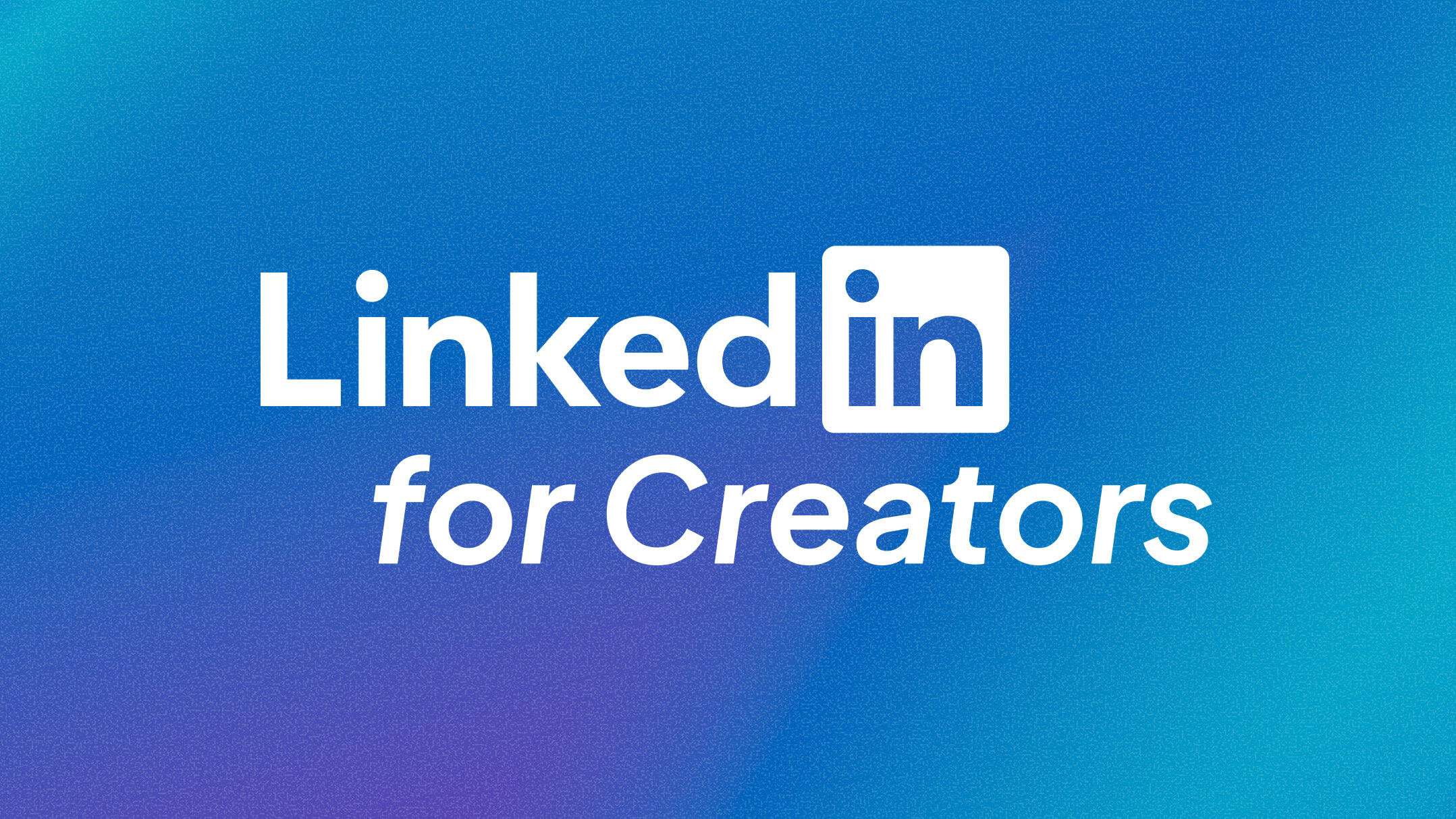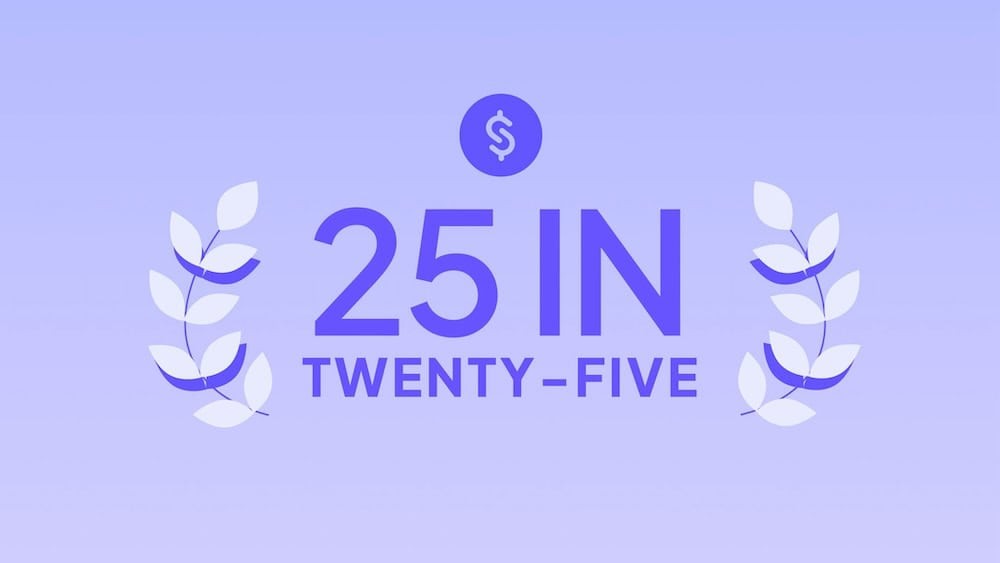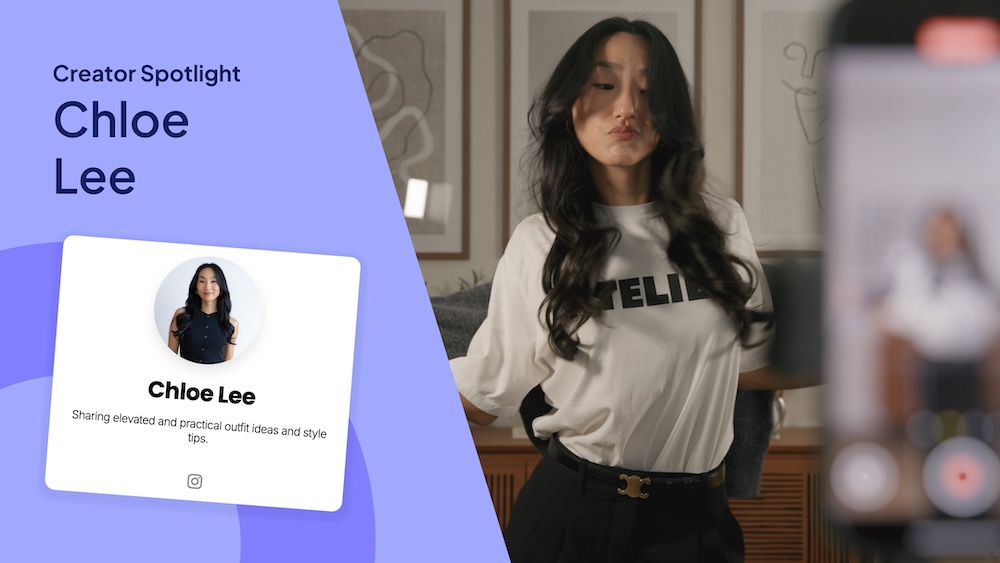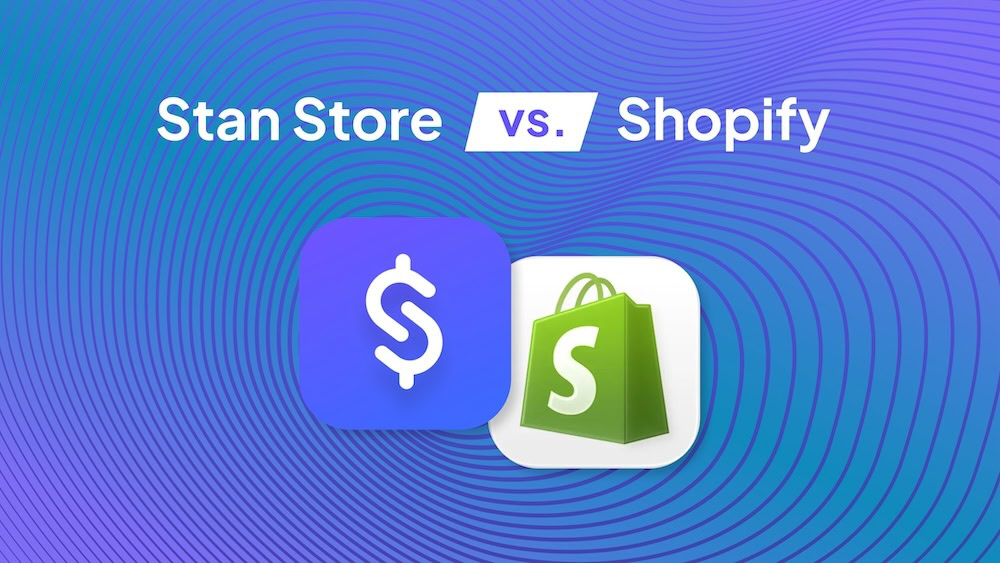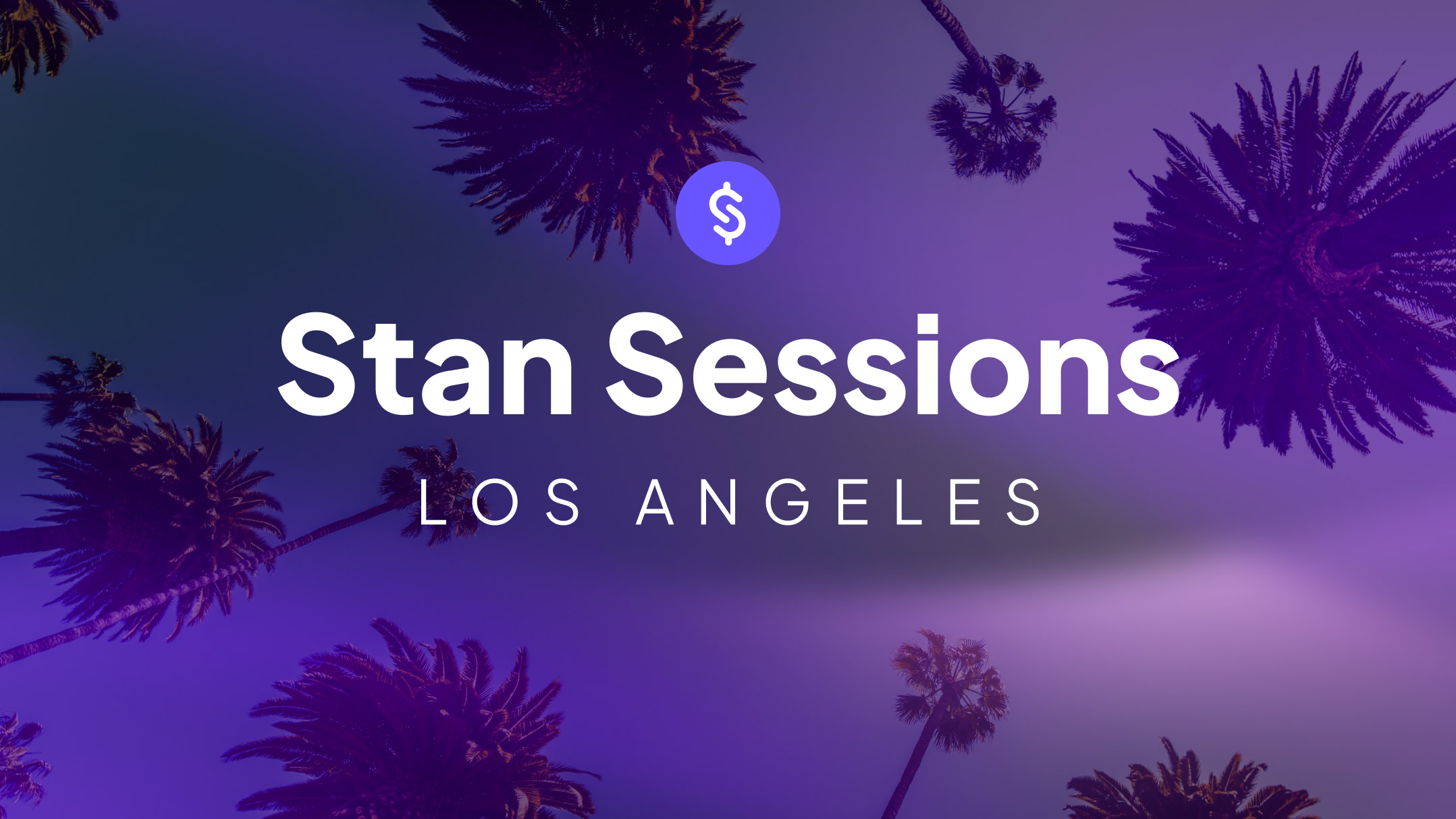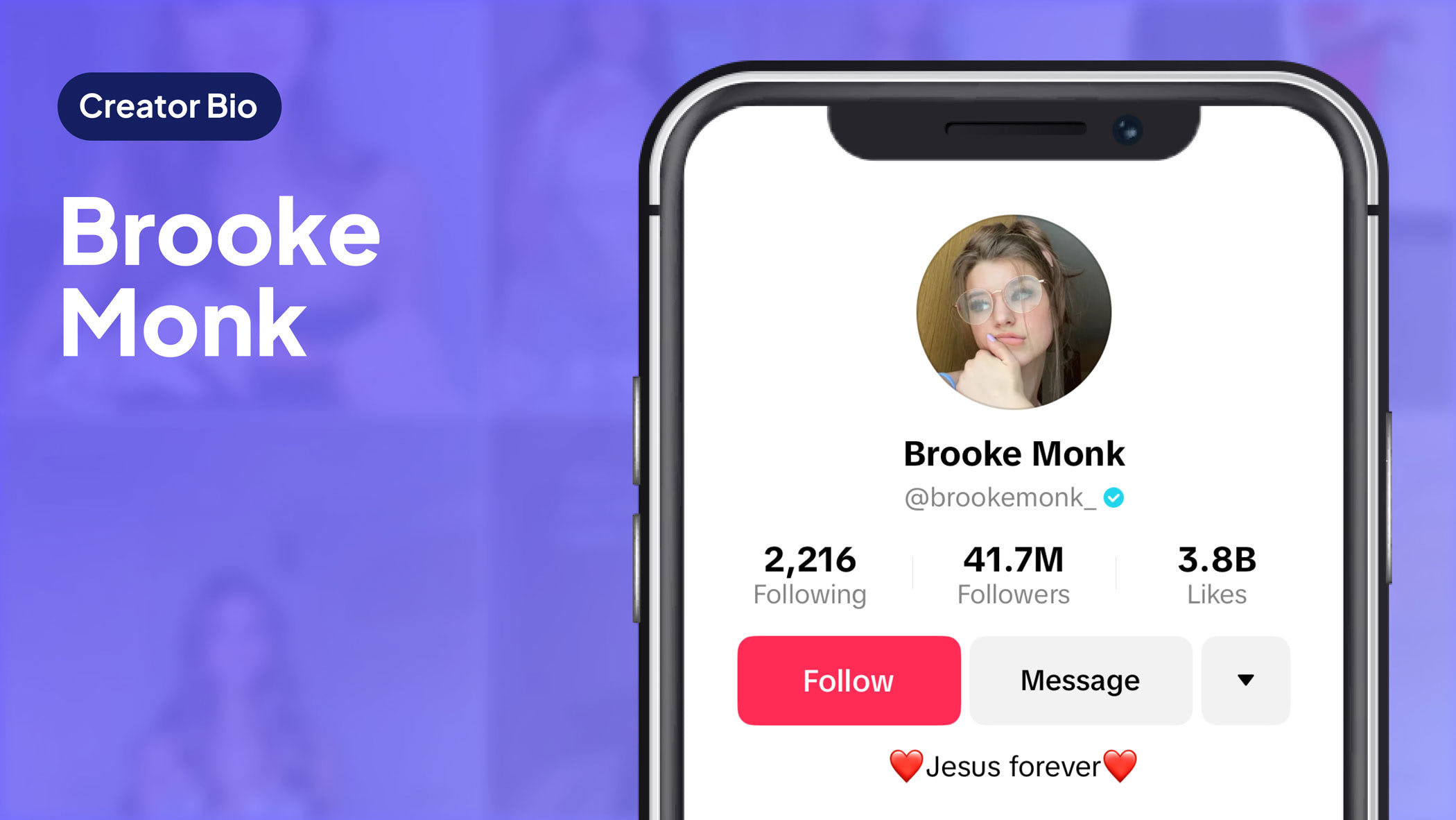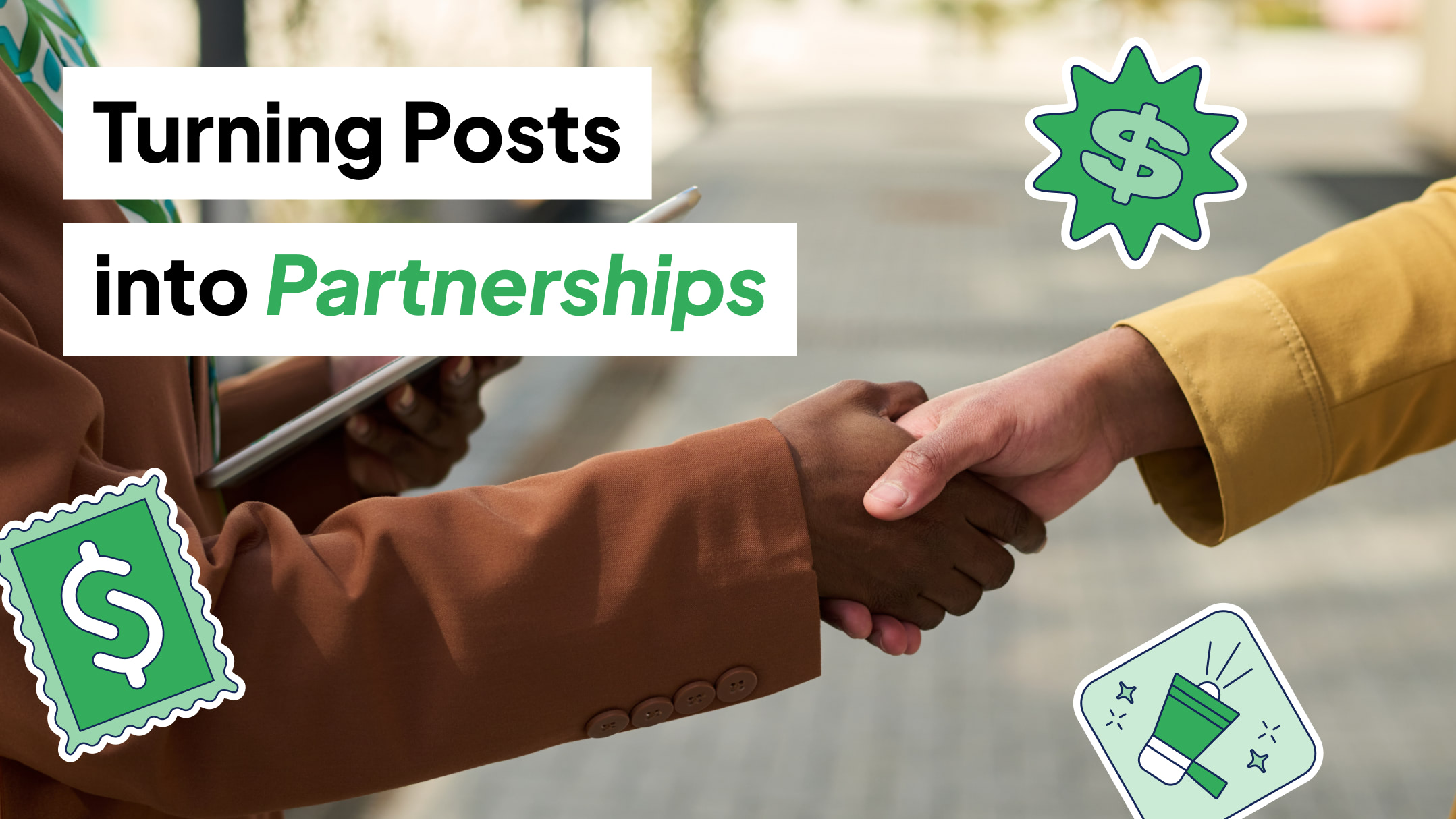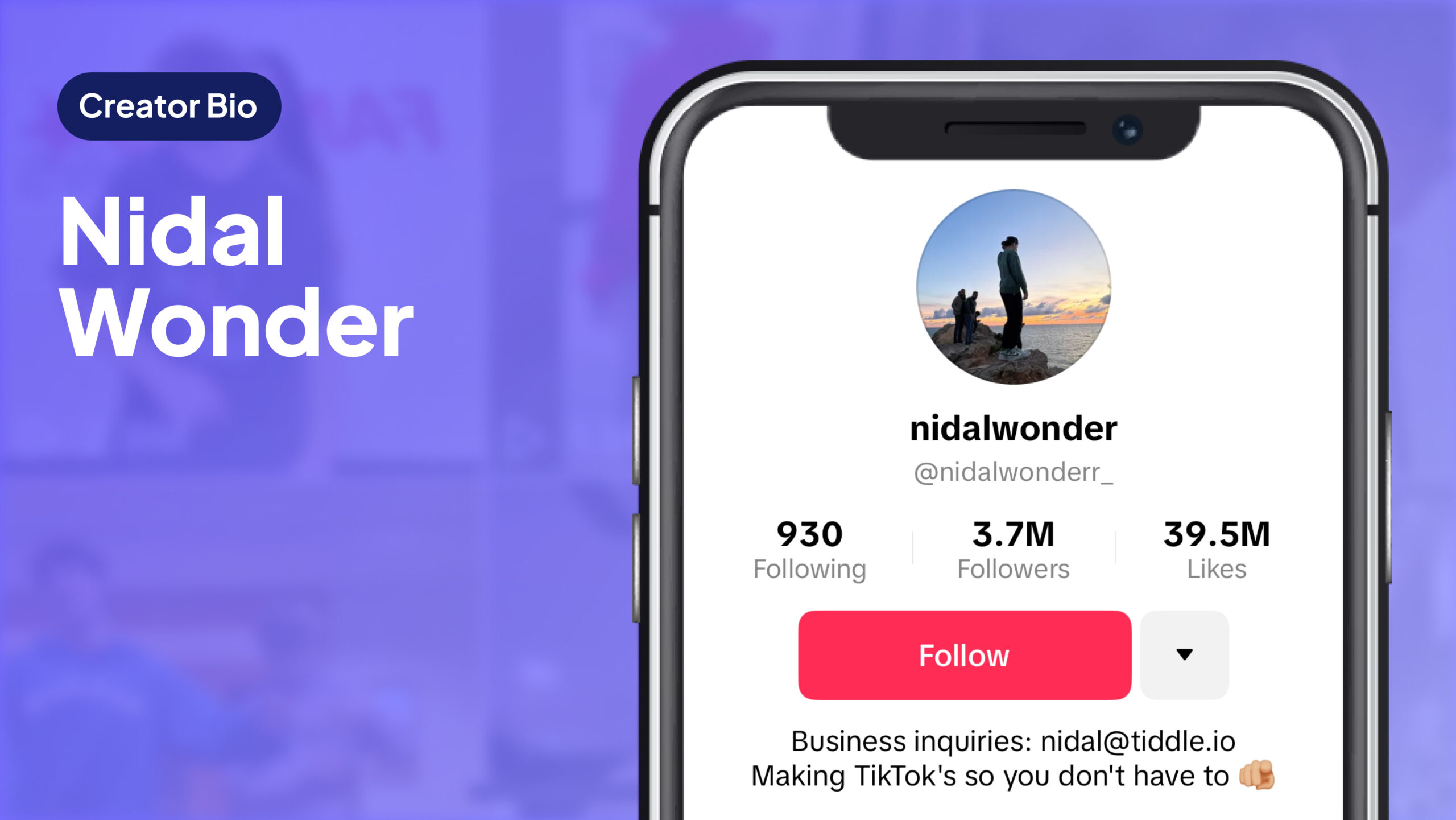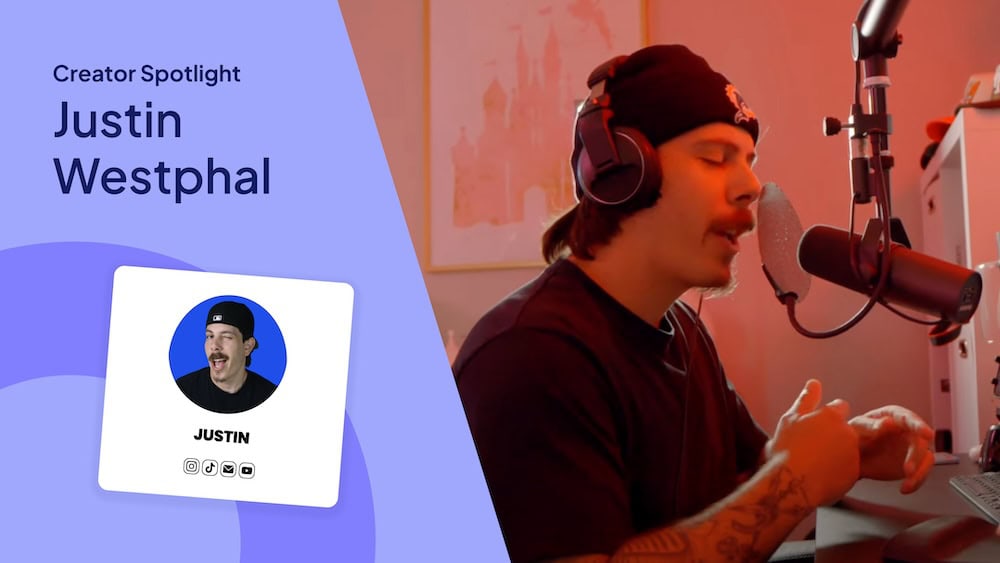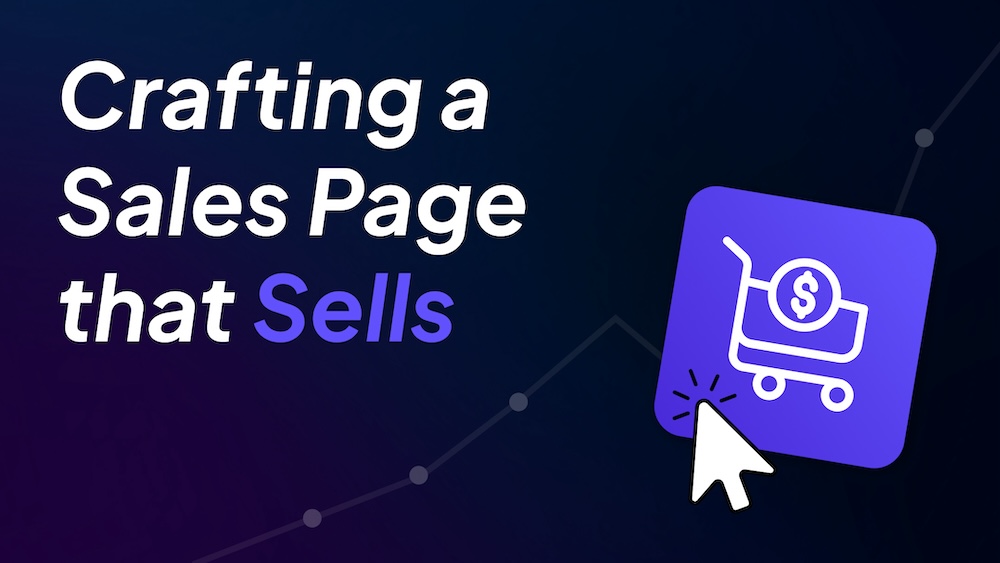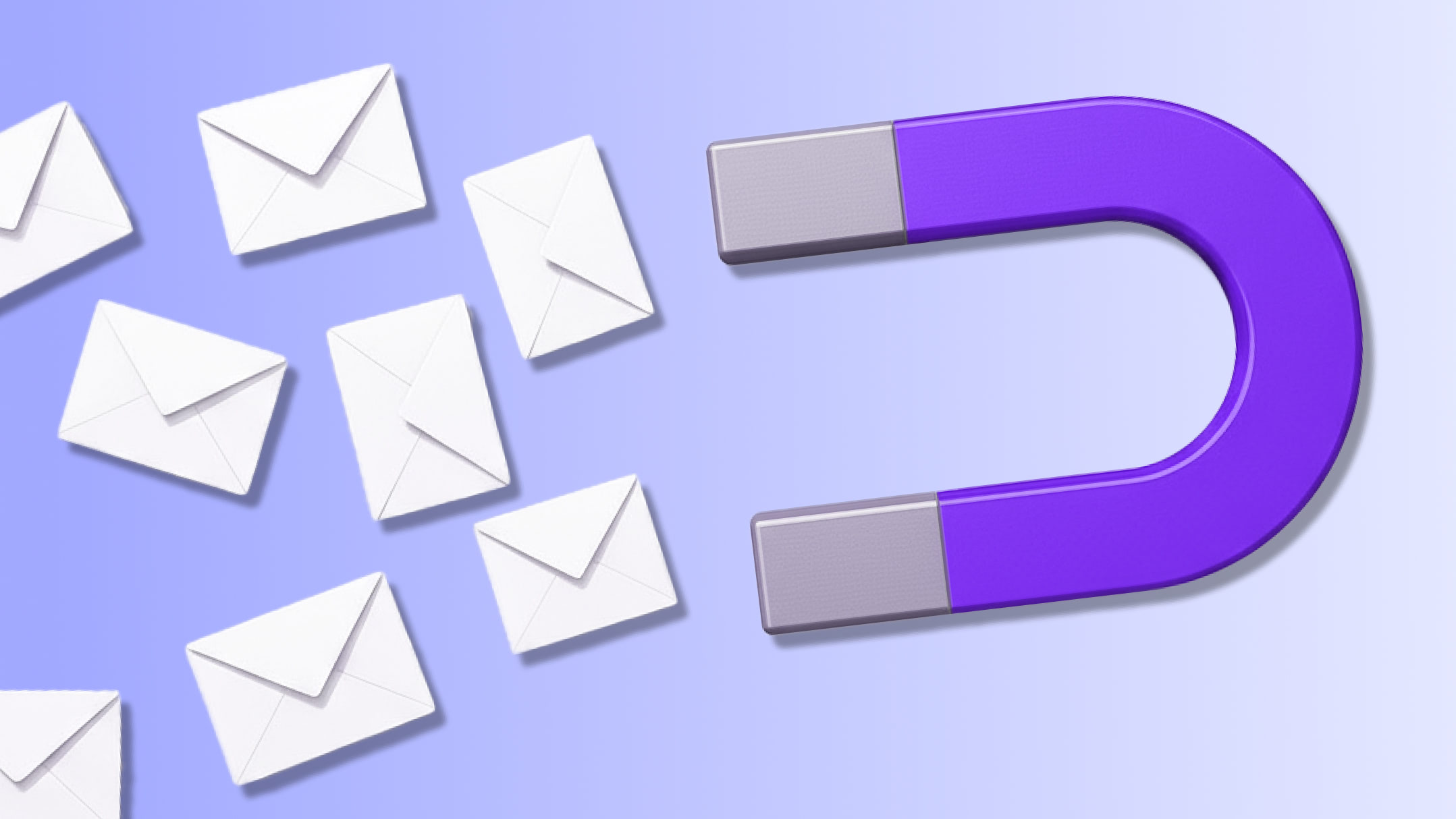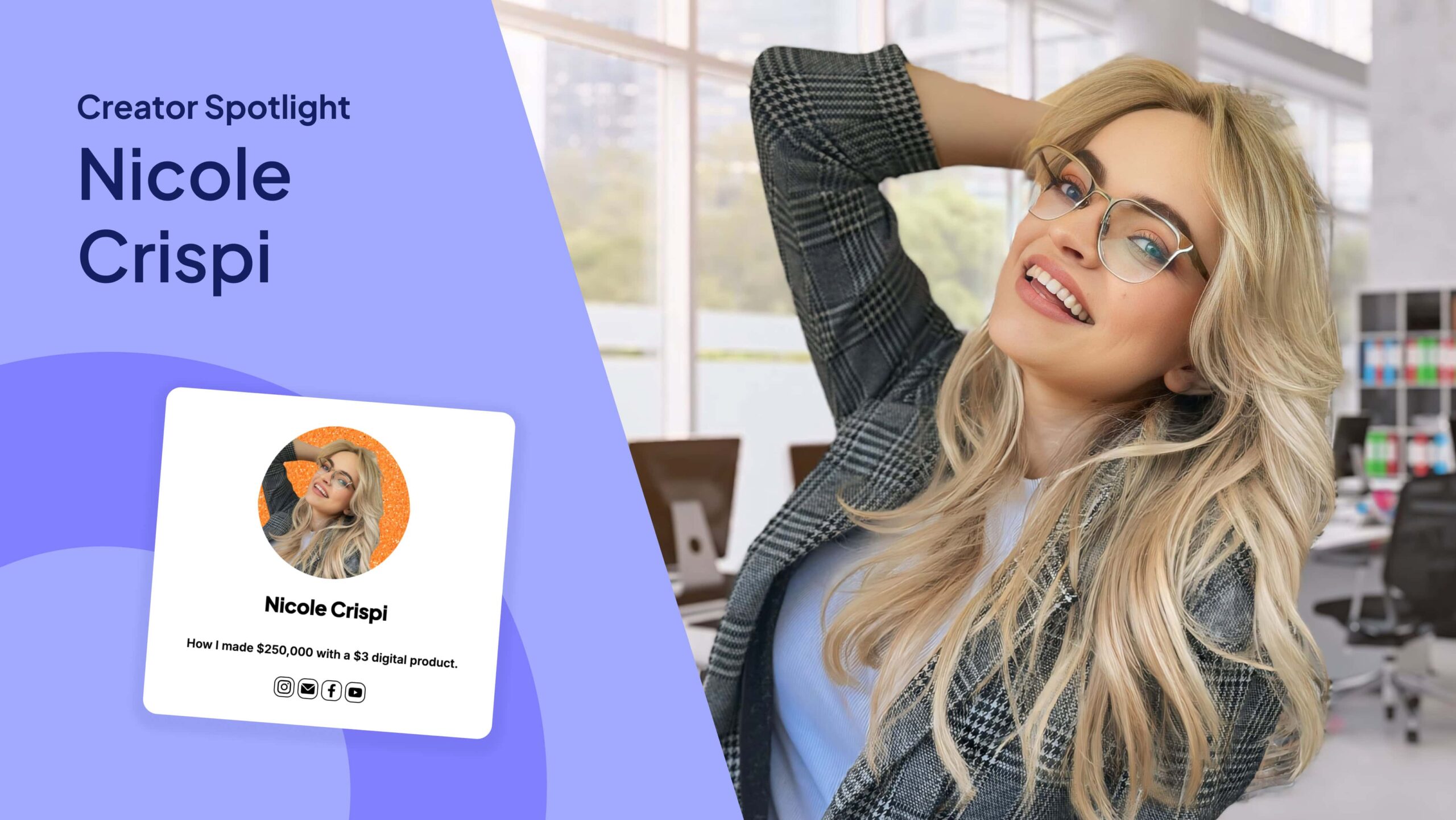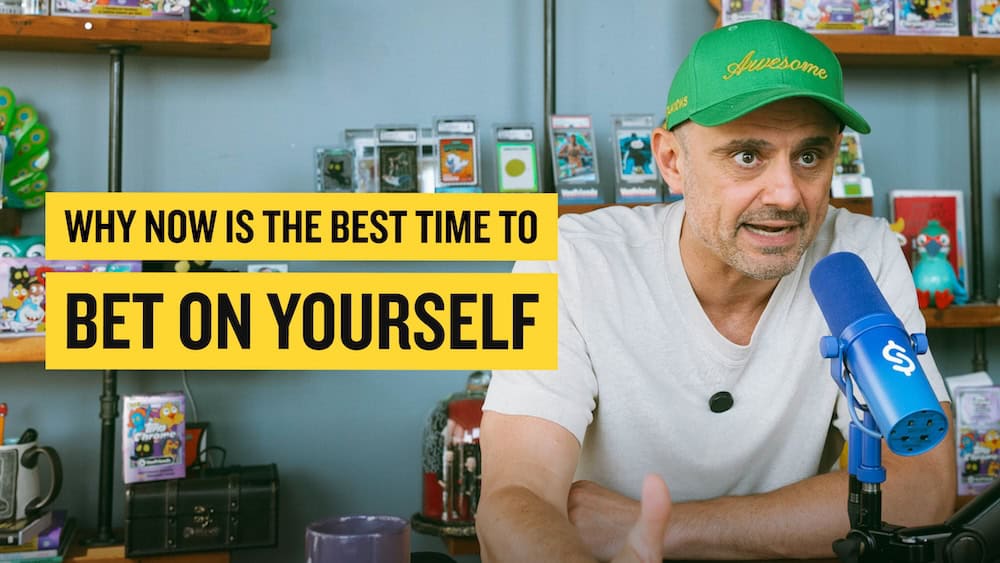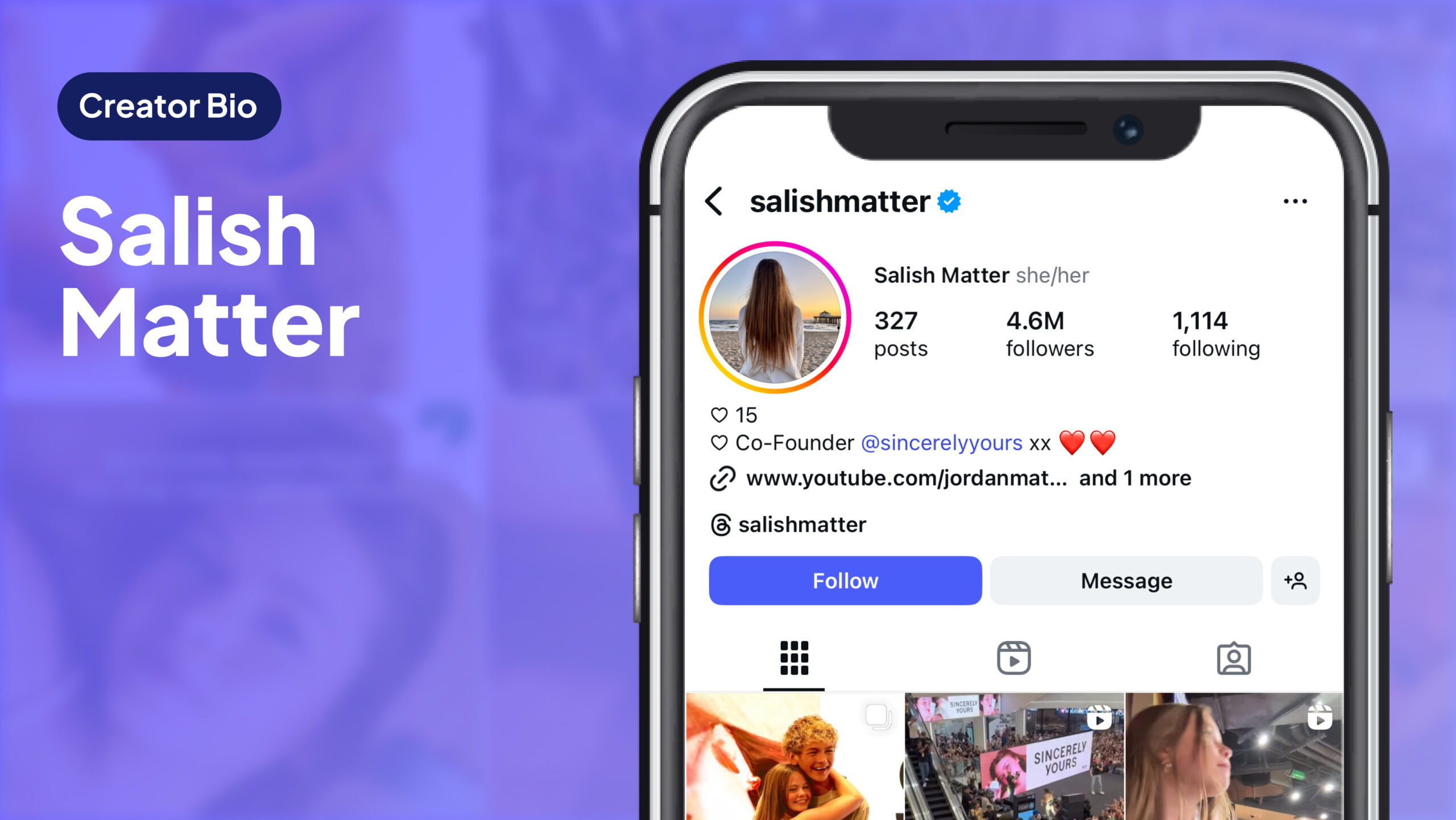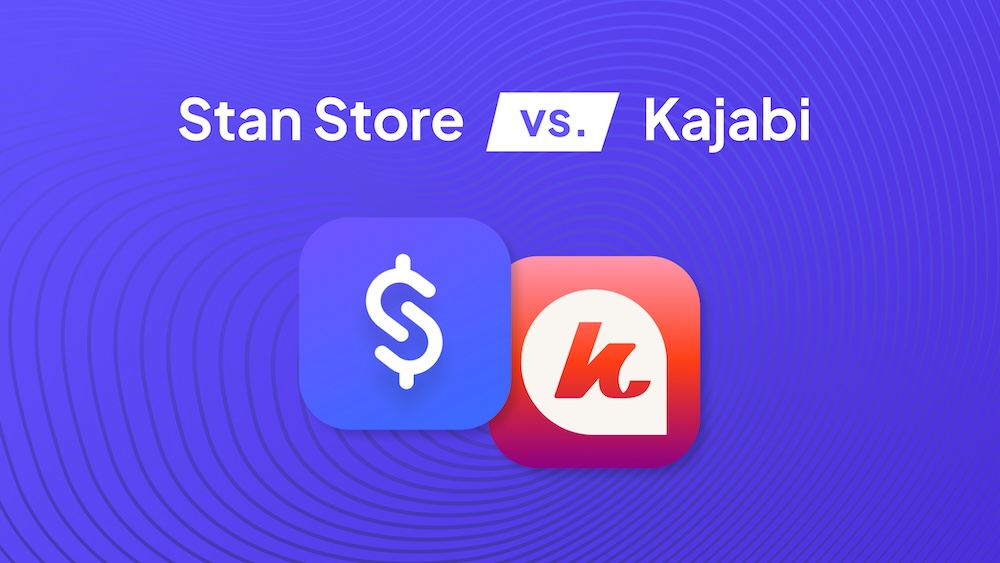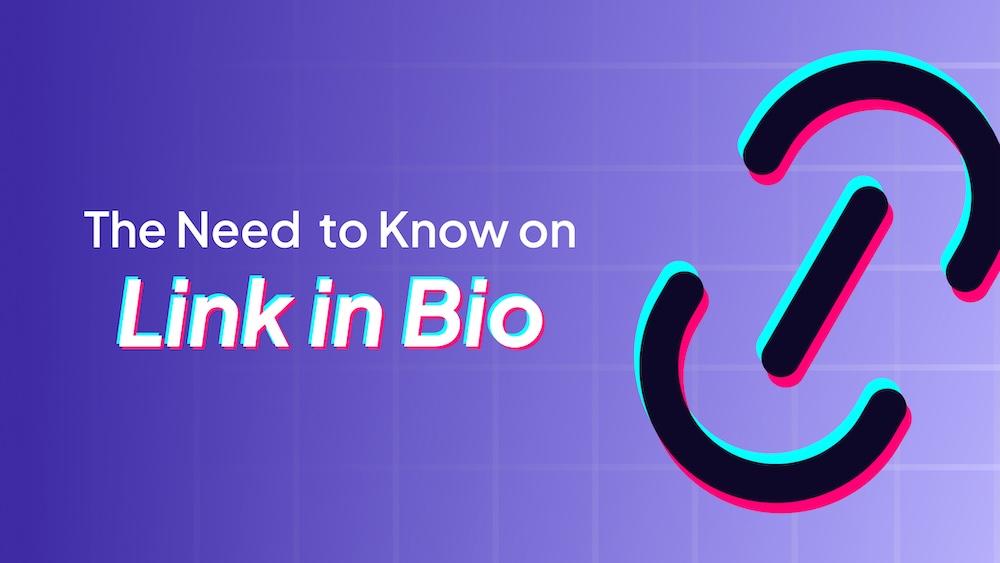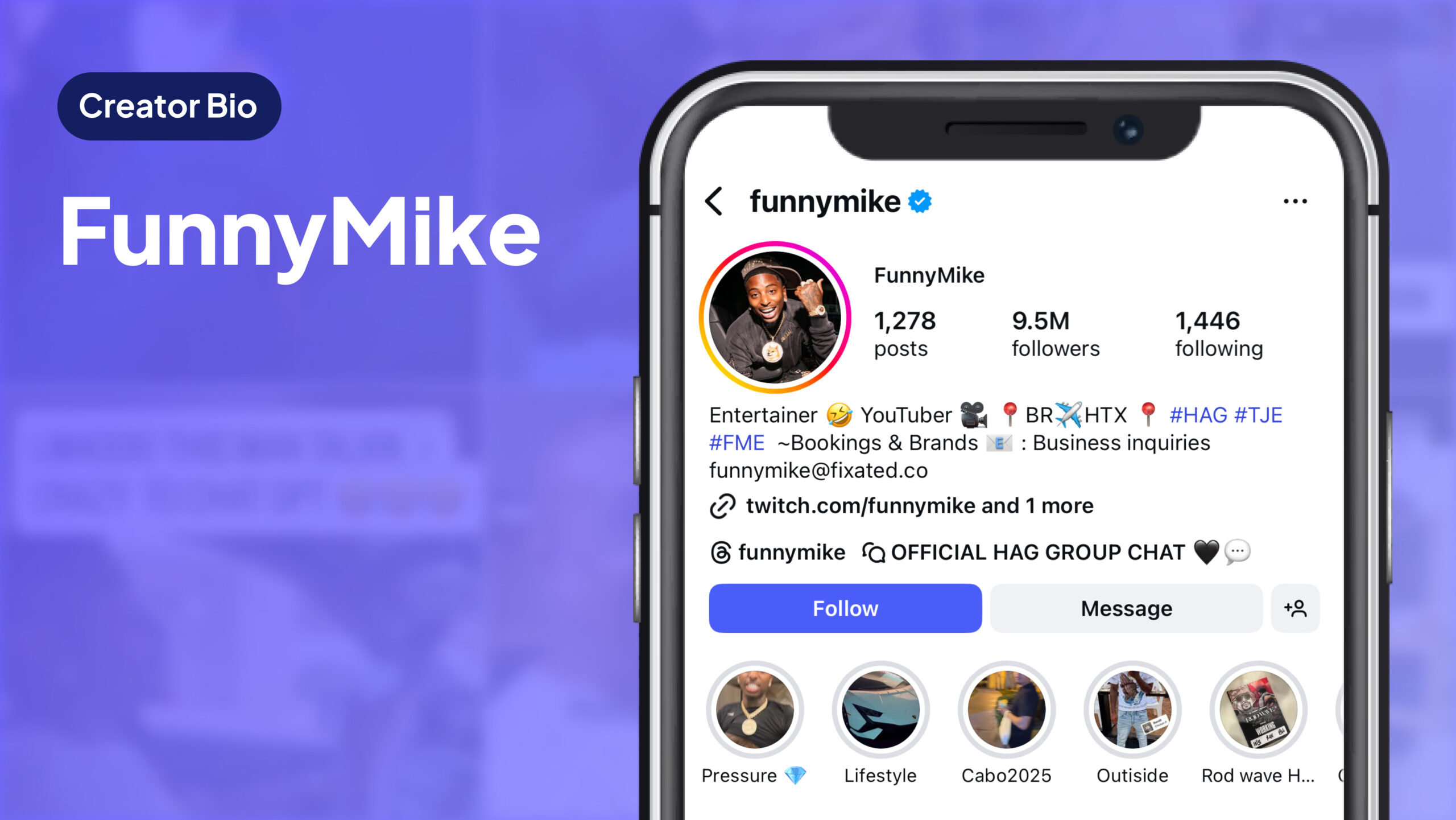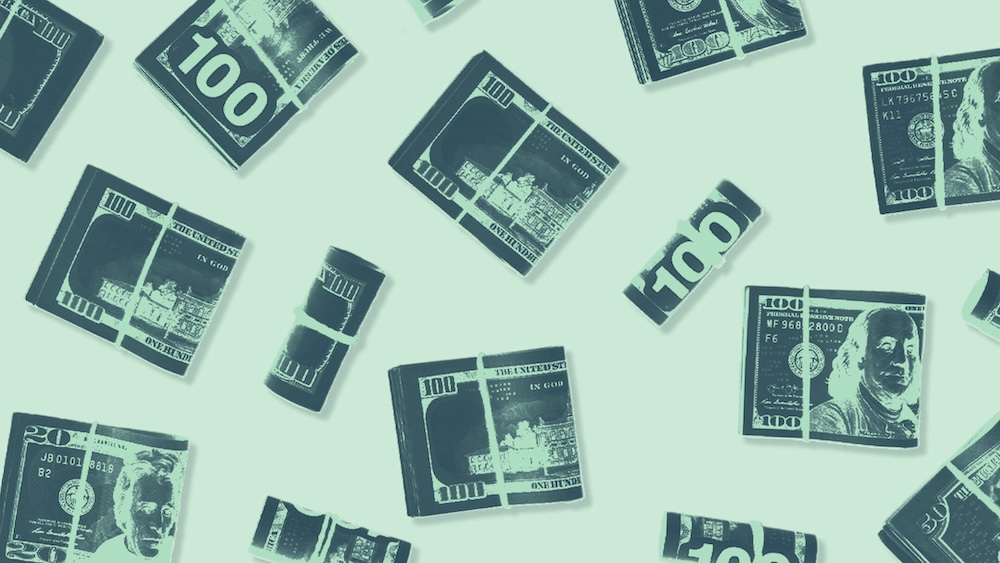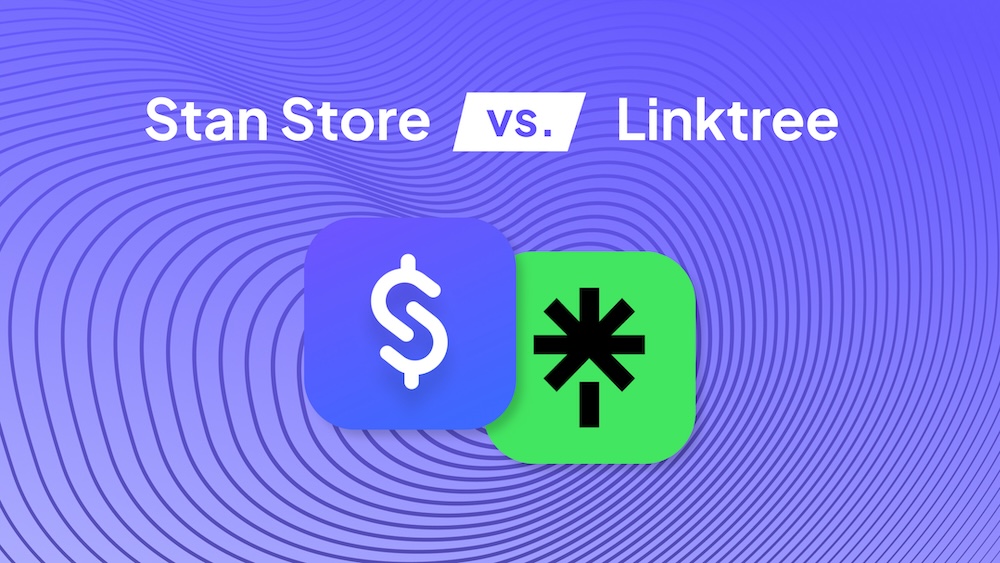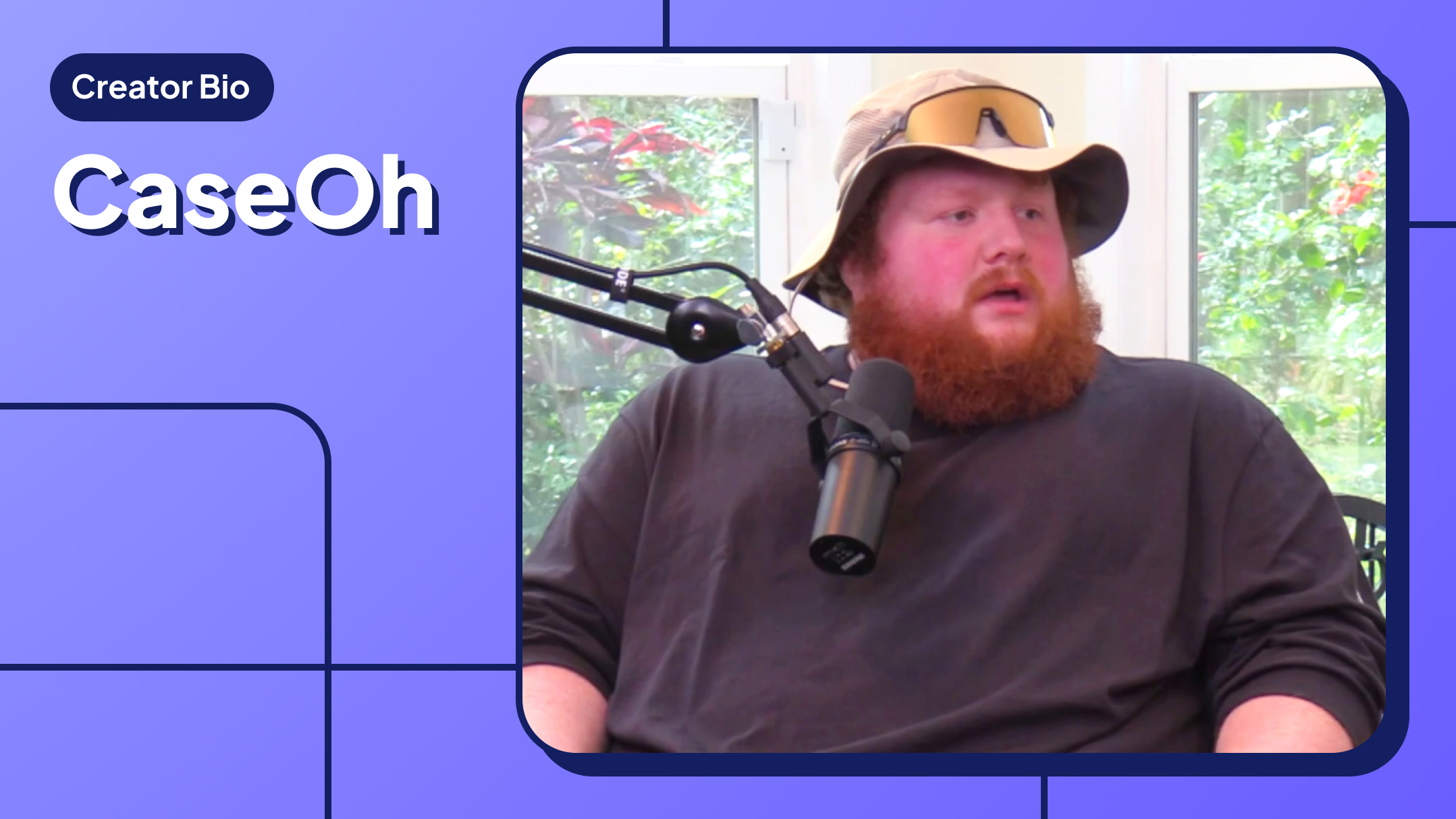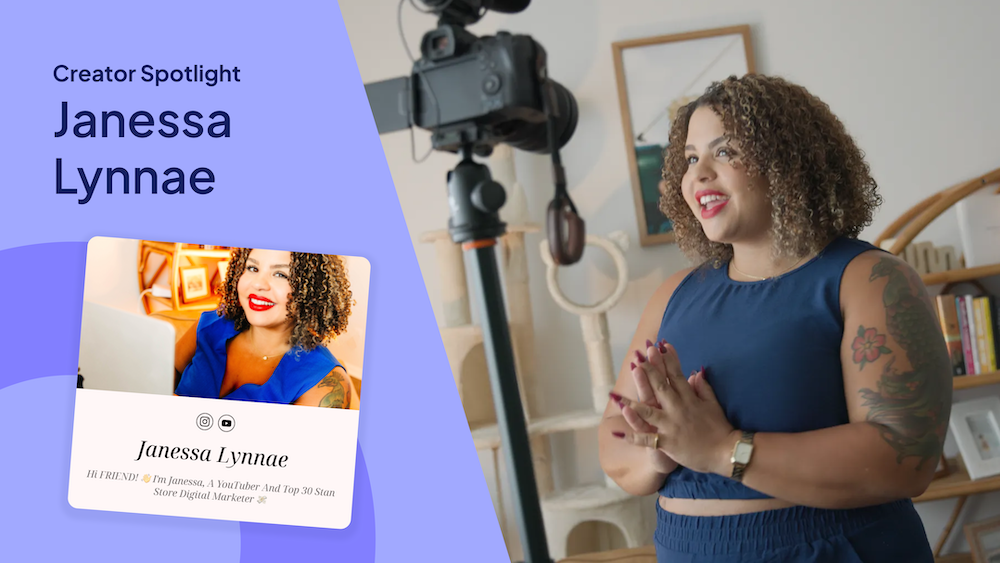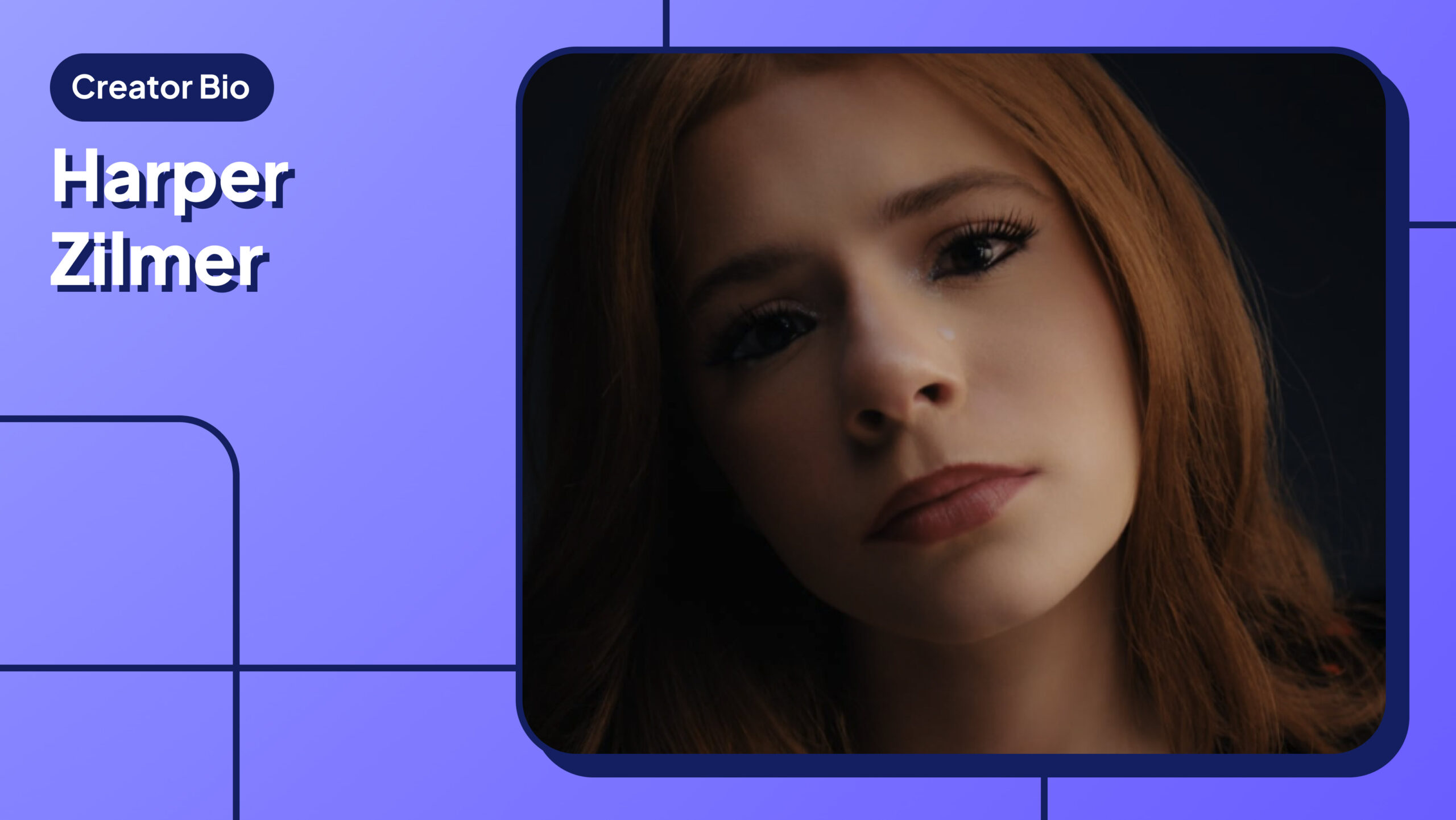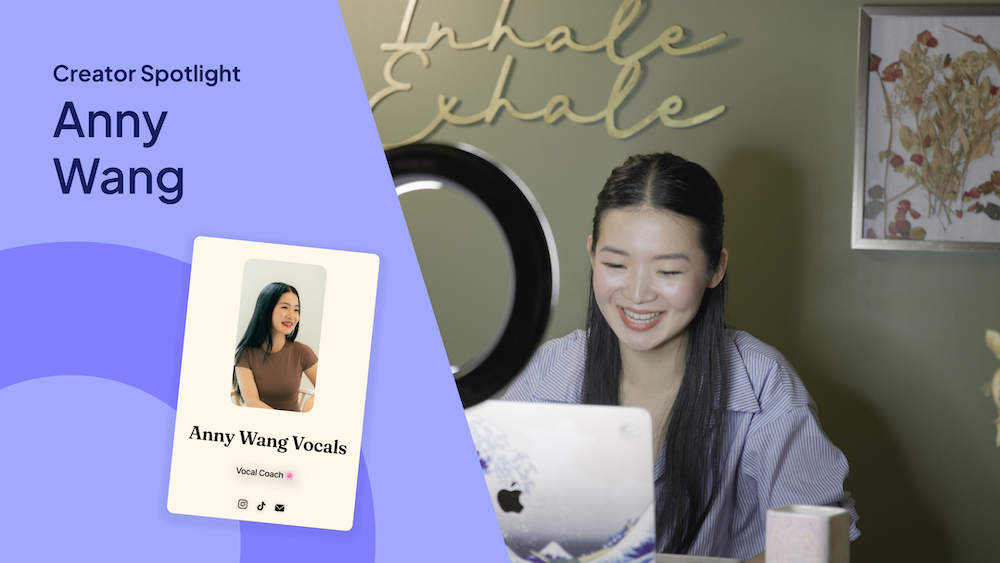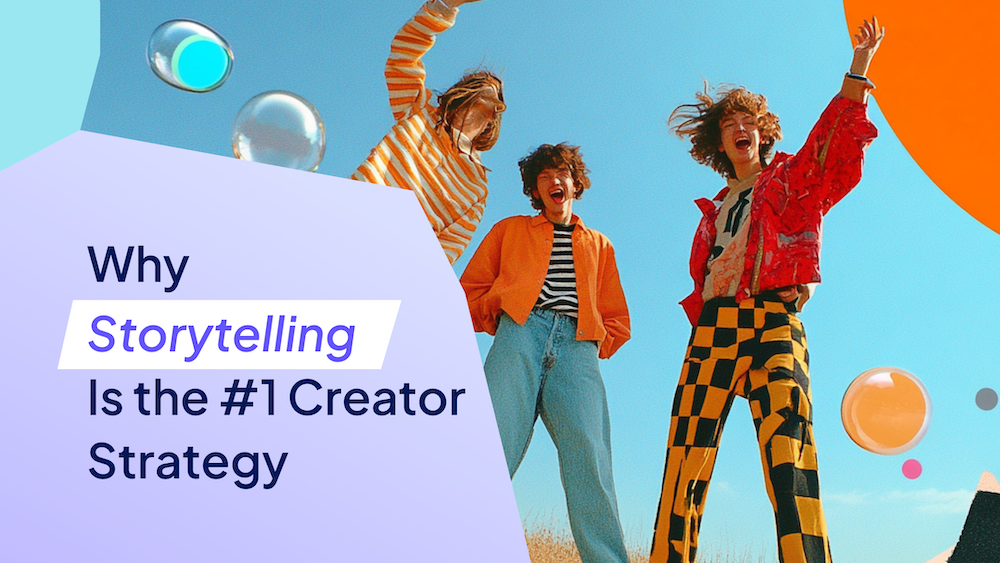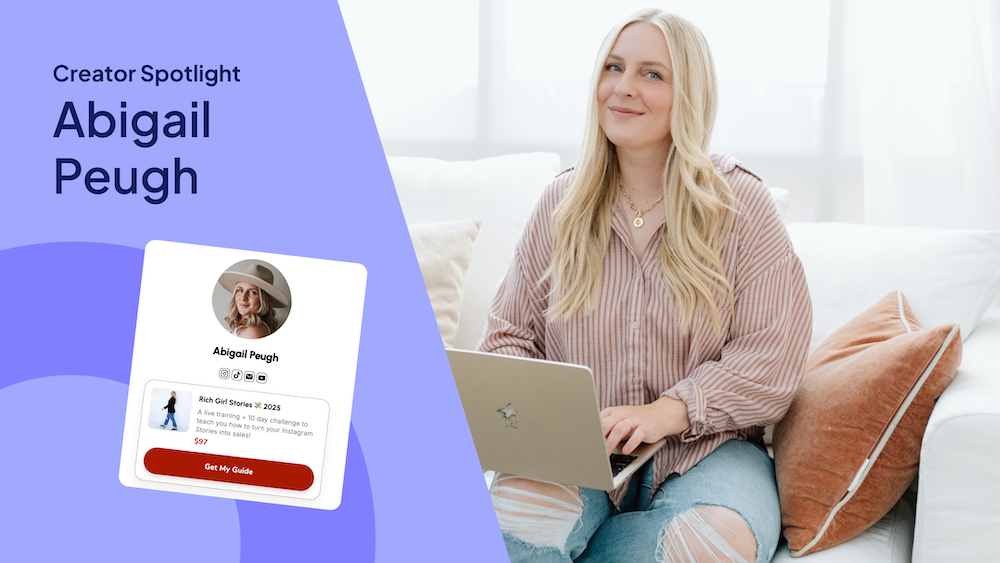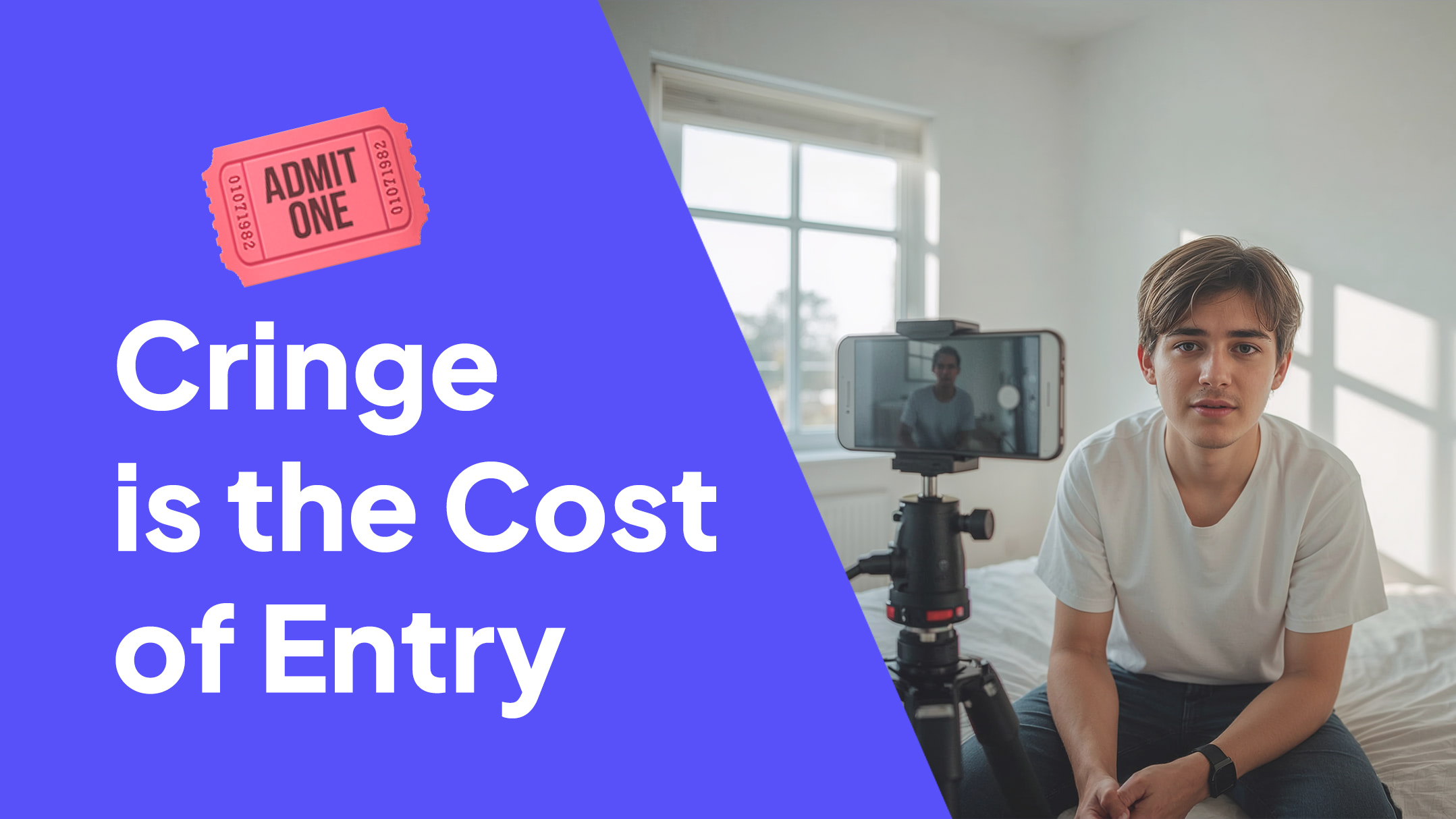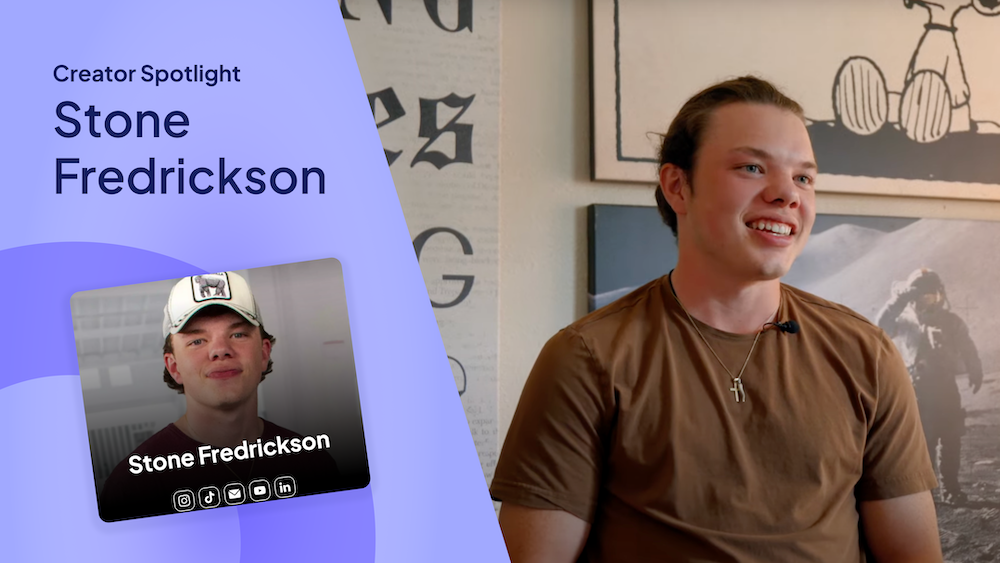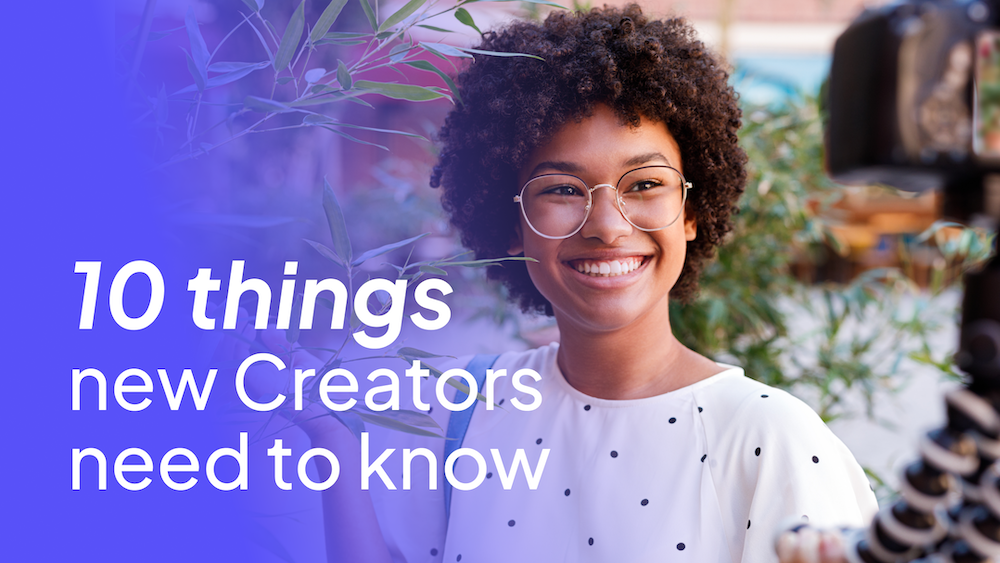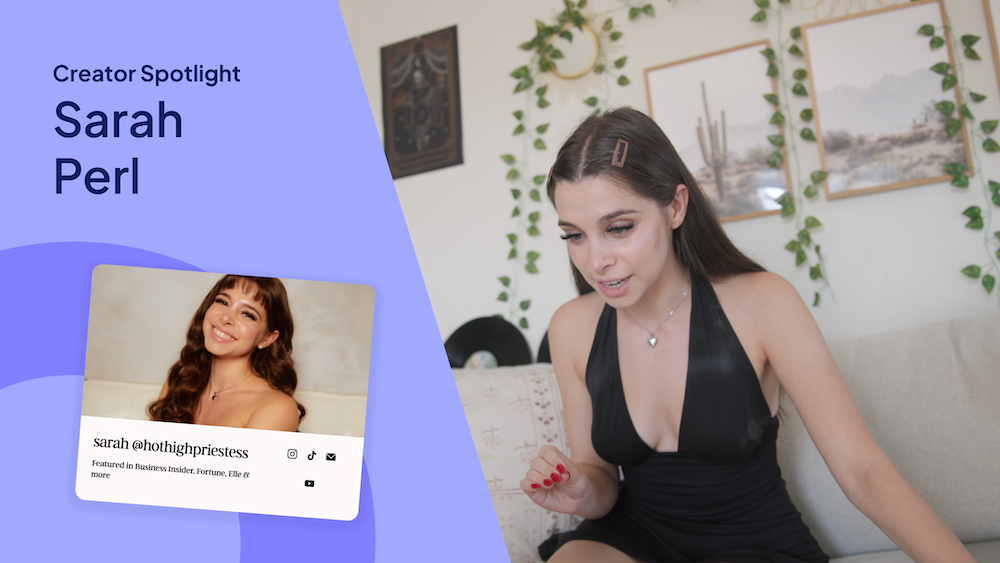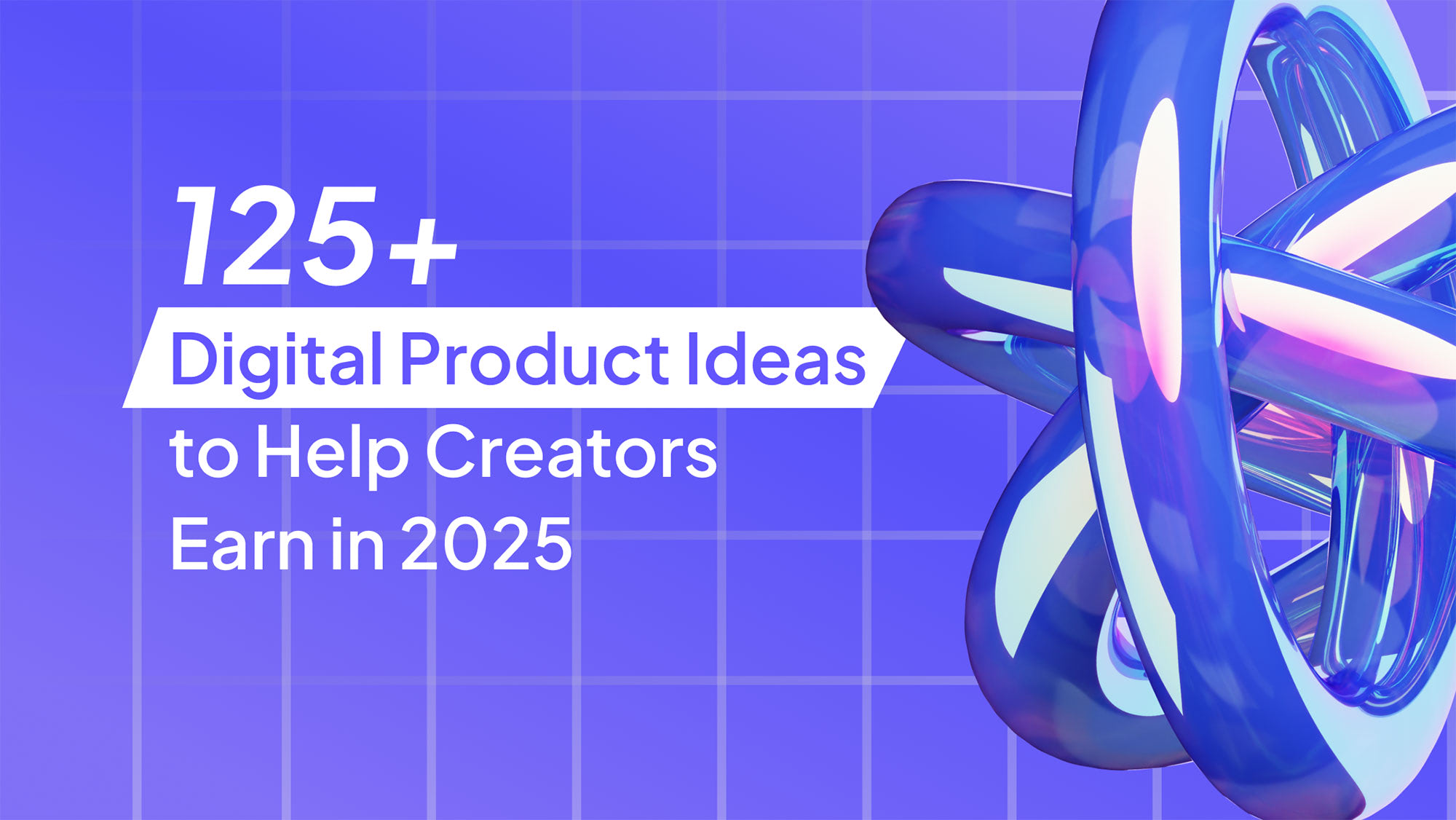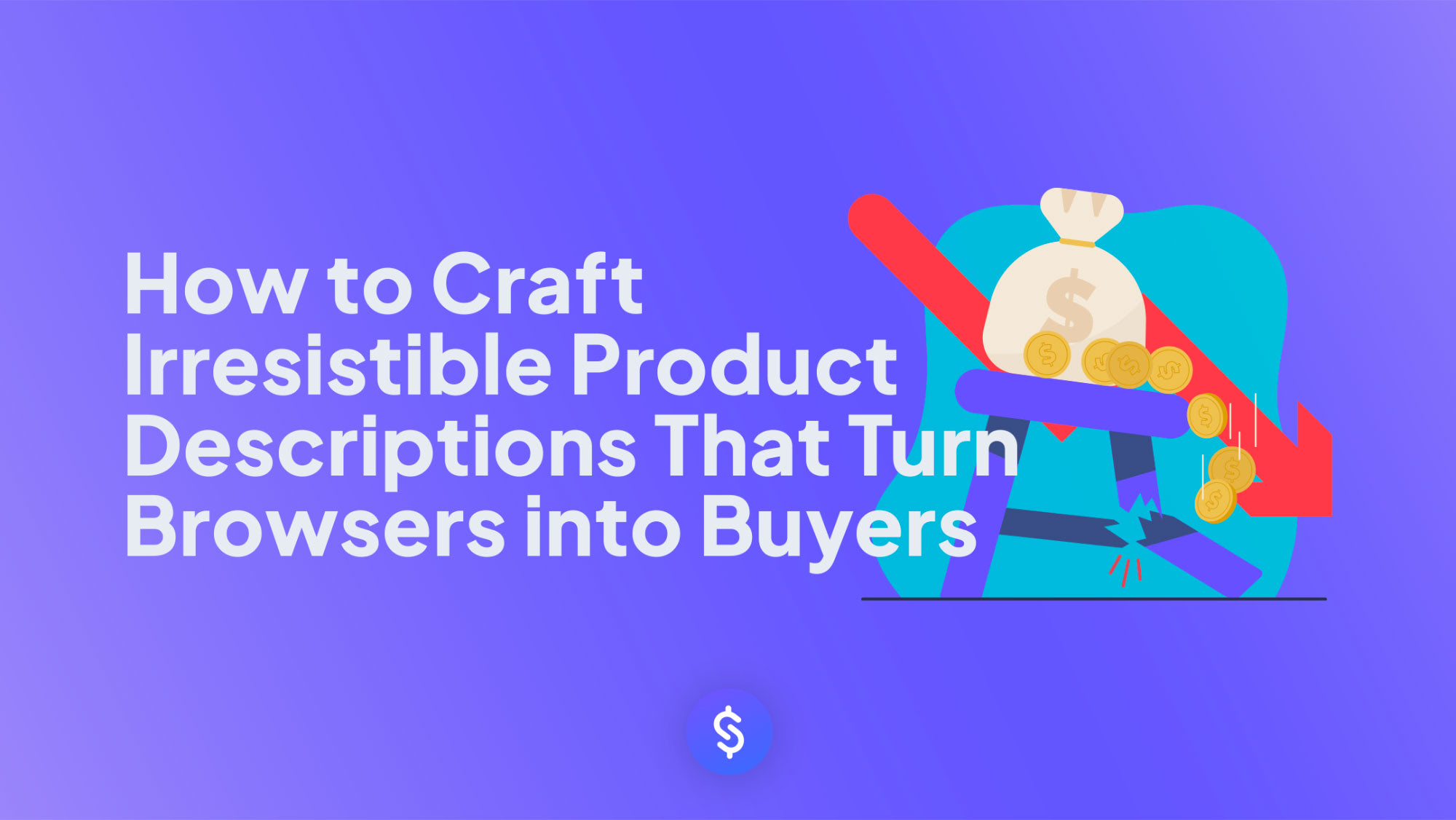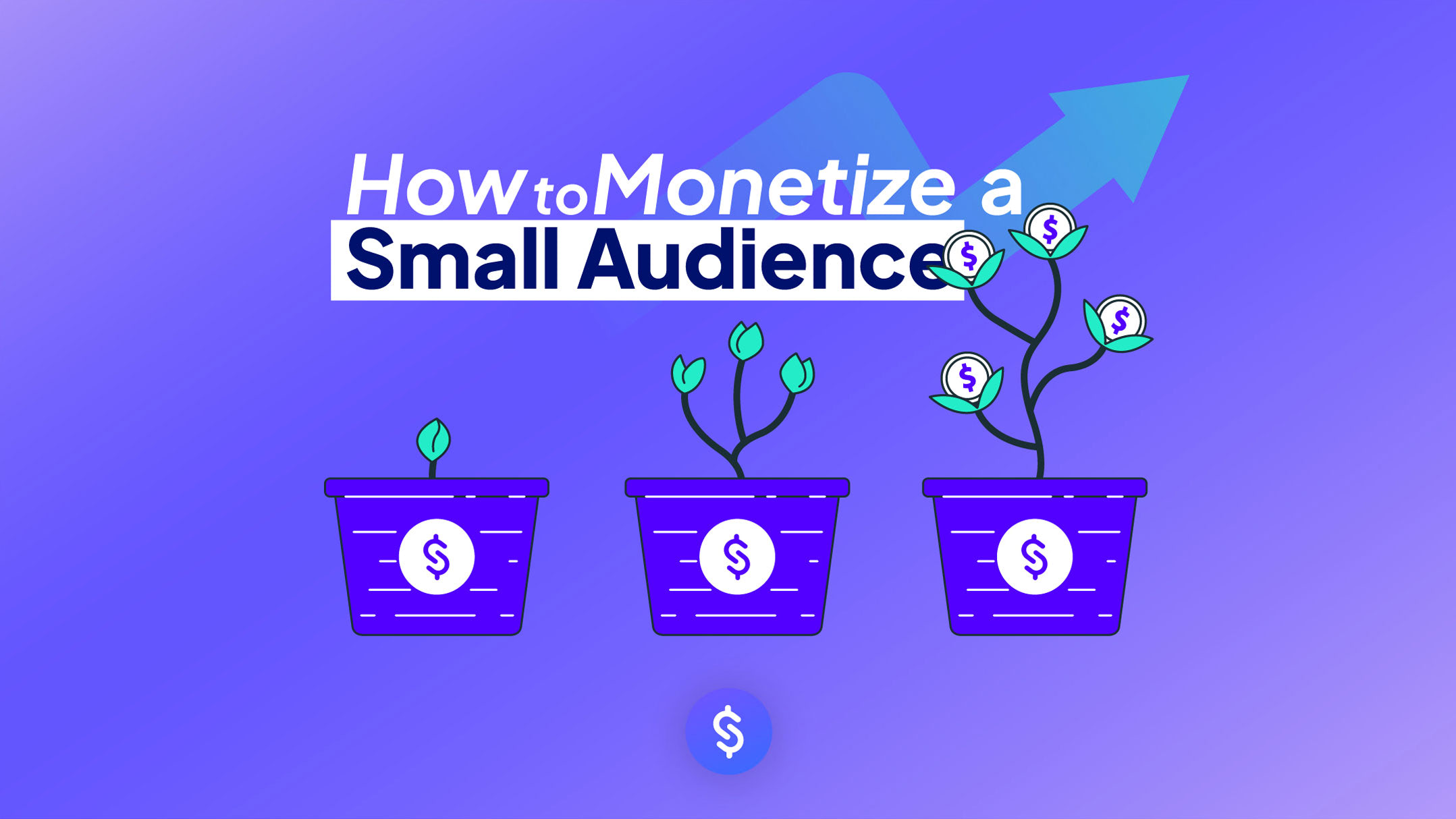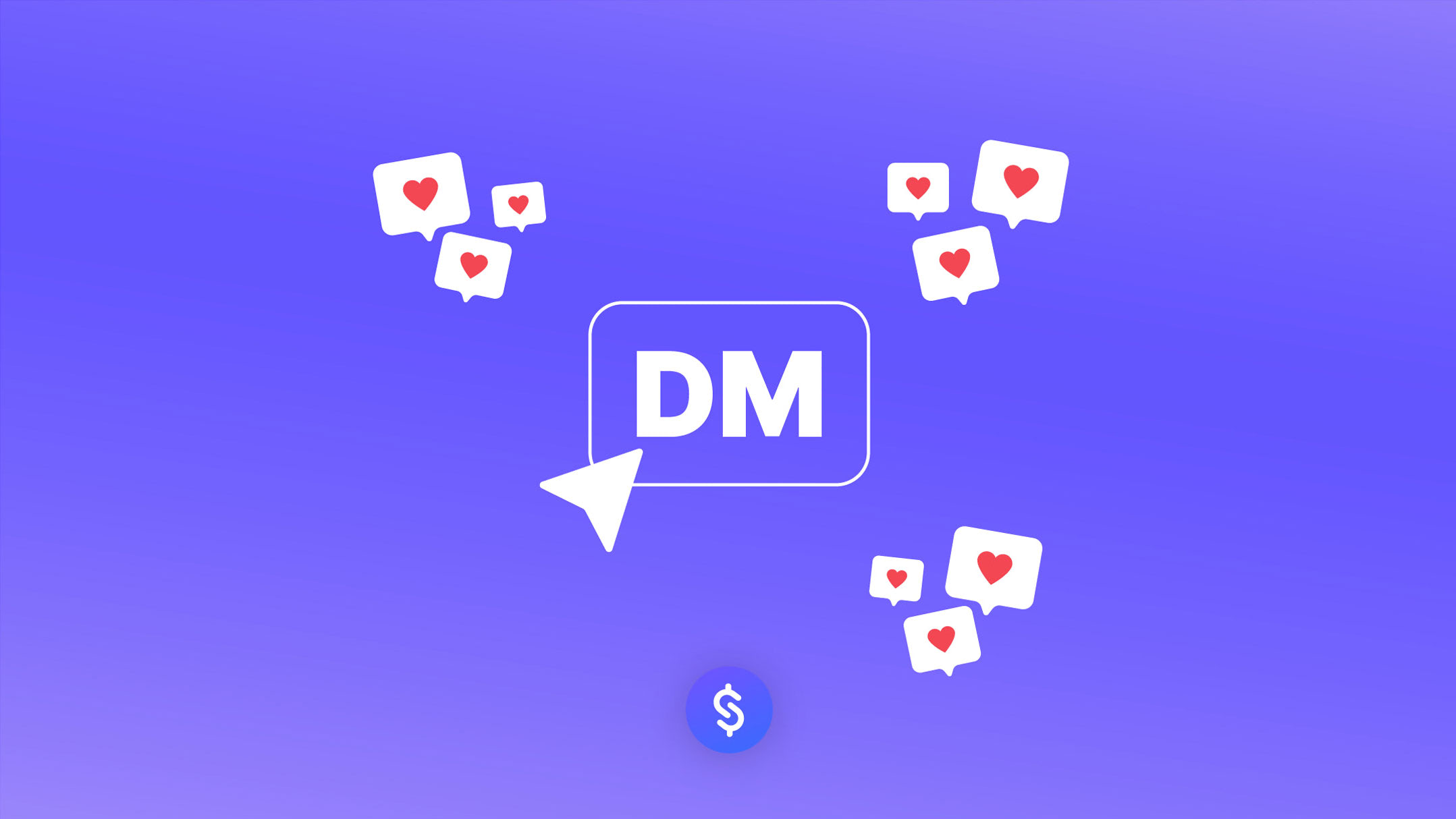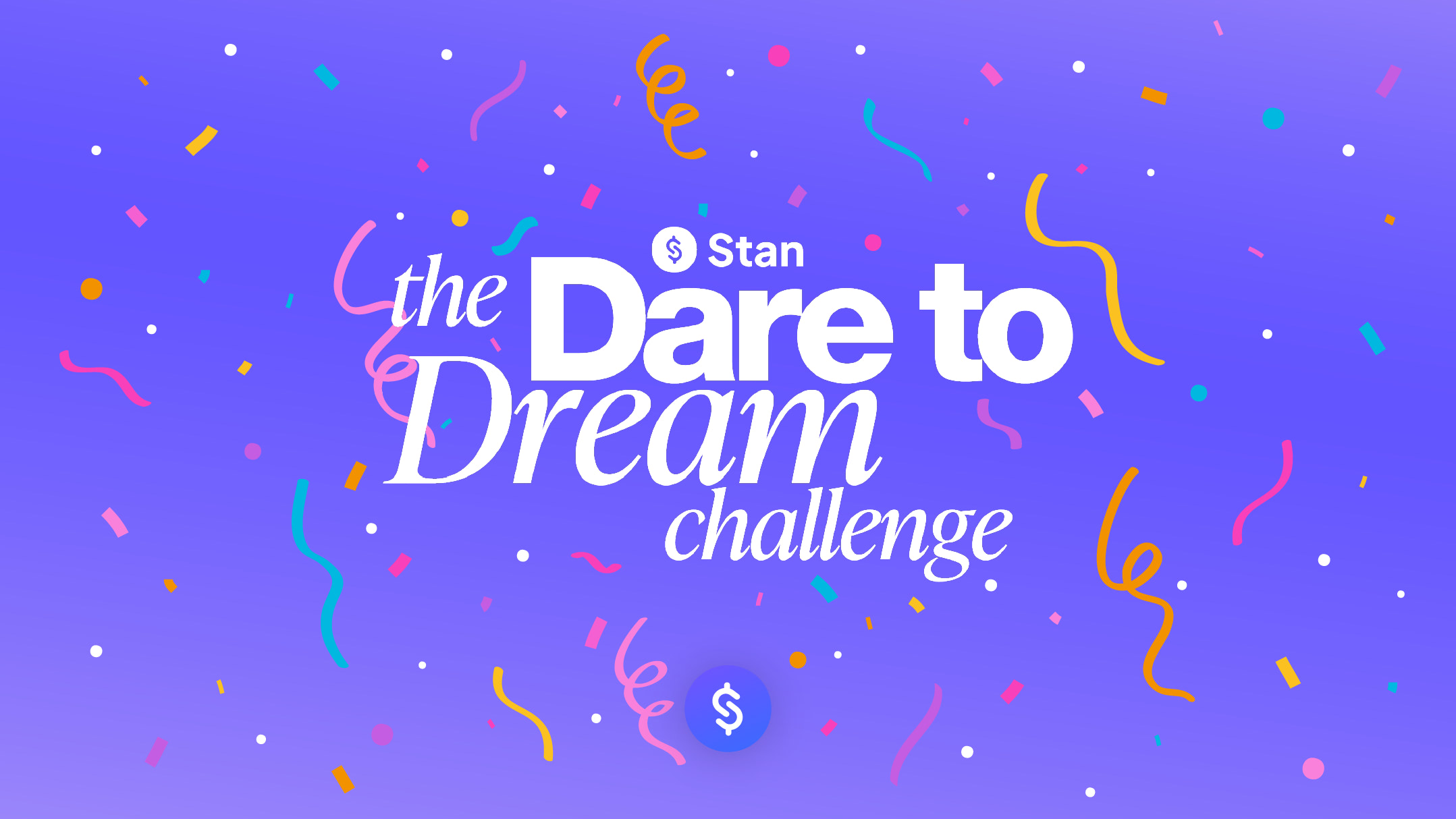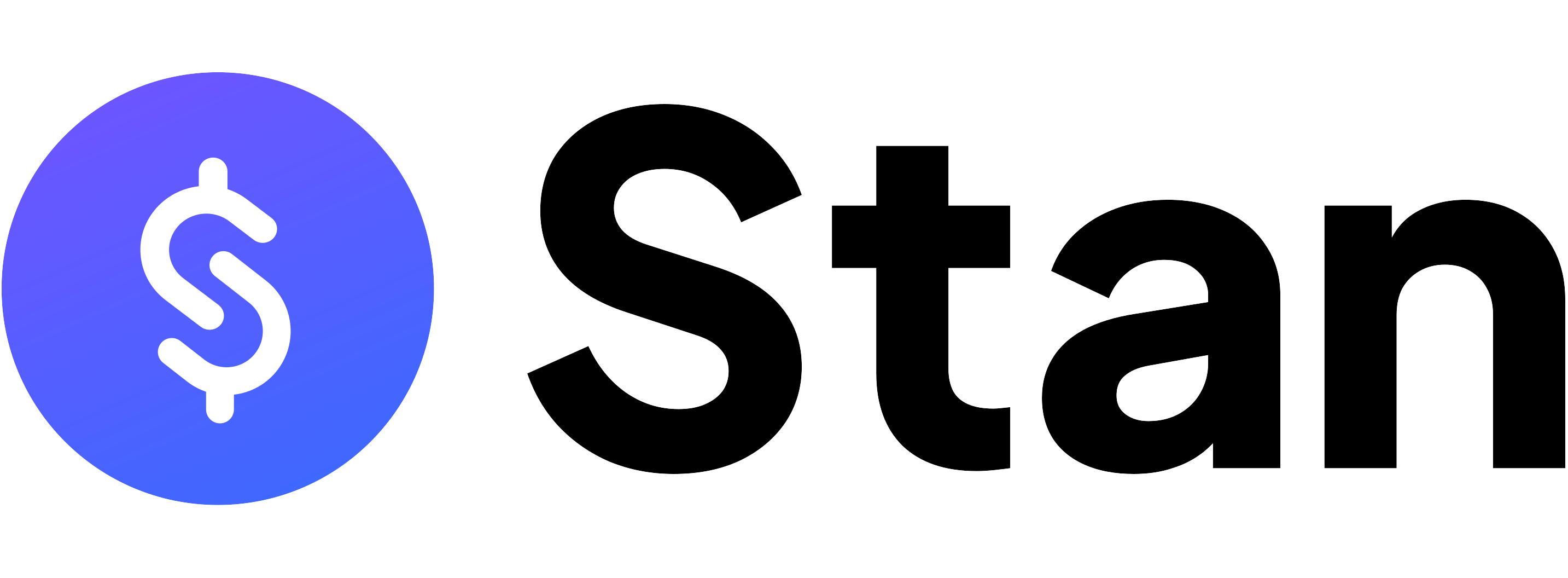Struggling to turn followers and email subscribers into customers? You’re not alone.
It’s pretty common for Creators to build an audience and grow their email list—only to hit a wall when it comes to making sales.
The problem? People hesitate to buy from someone they don’t fully trust yet. Without a low-risk way to take that first step, they stay stuck as passive followers.
That’s where low-ticket product offers come in. Also known in older marketing circles as “tripwire products,” these affordable, high-value digital offers make the first sale easy. Instead of expecting someone to commit to a high-ticket purchase upfront, you’re giving them a simple, low-pressure way to engage with your brand.
Typically priced between $7 and $50, a low-ticket product is designed to be a no-brainer purchase that builds trust and opens the door to higher-value offers.
Why does this work so well?
Because the first sale is always the hardest.
Once someone buys from you, they cross a psychological threshold. They’re no longer just a subscriber. They’re a buyer. And buyers are 10x more likely to purchase from you again.
If you’ve ever struggled to monetize your audience and convert freebie seekers into buyers, this guide will show you exactly how a low-ticket digital product can transform your business.
Let’s dive in.
What Is a Low-Ticket Product Offer?
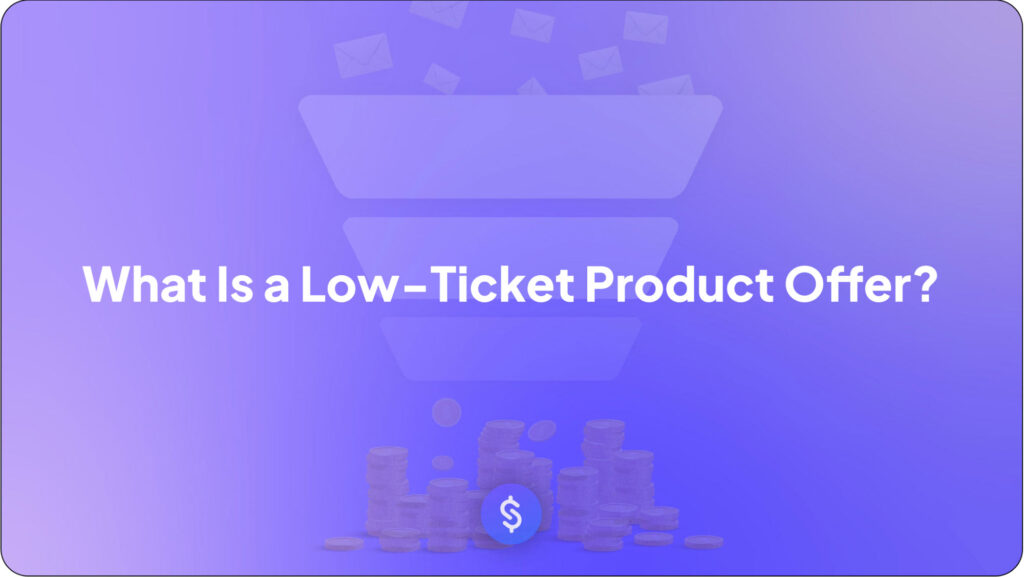
A low-ticket product is more than just a low-cost digital product—it’s the bridge between your free content and premium products.
It’s a small but valuable purchase that turns casual subscribers into paying customers with minimal friction.
How It Works
Instead of expecting someone to jump straight into a $297 course or $997 coaching program, a low-ticket digital product provides an easy first step.
Think of it as the first step on the buying journey—a way to turn casual browsers into committed customers.
Why Low-Ticket Product Offers Work So Well
- 💳 Easy Yes → A $17 purchase feels low-risk, making it an effortless decision.
- 🧠 Activates Buyer Mode → Once someone buys once, they’re far more likely to buy again.
- 🔥 Filters Freebie Collectors → Attracts serious buyers instead of those who never spend.
- 💸 Boosts Future Sales → A small purchase makes high-ticket offers 10x easier to sell.
Low-Ticket Product vs. Lead Magnet: What’s the Difference?
A lead magnet gets people onto your email list, while a low-ticket product is meant to turn them into paying customers.
| Feature | Lead Magnet | Low-Ticket Product Offer |
|---|---|---|
| Cost | Free | Low-cost ($7–$50) |
| Goal | Grow email list | Convert leads into buyers |
| Perceived Value | High, but incomplete | High, with actionable value |
| Buyer’s Mindset | Curious, low-commitment | Ready to invest (even if small) |
| Next Step | Nurture via email | Upsell to core offer or higher-ticket product |
A low-ticket digital product isn’t just a cheap product—it’s a strategic entry point that turns subscribers into buyers and primes them for your bigger offers.
How It Fits Into Your Funnel: Where and When to Use It
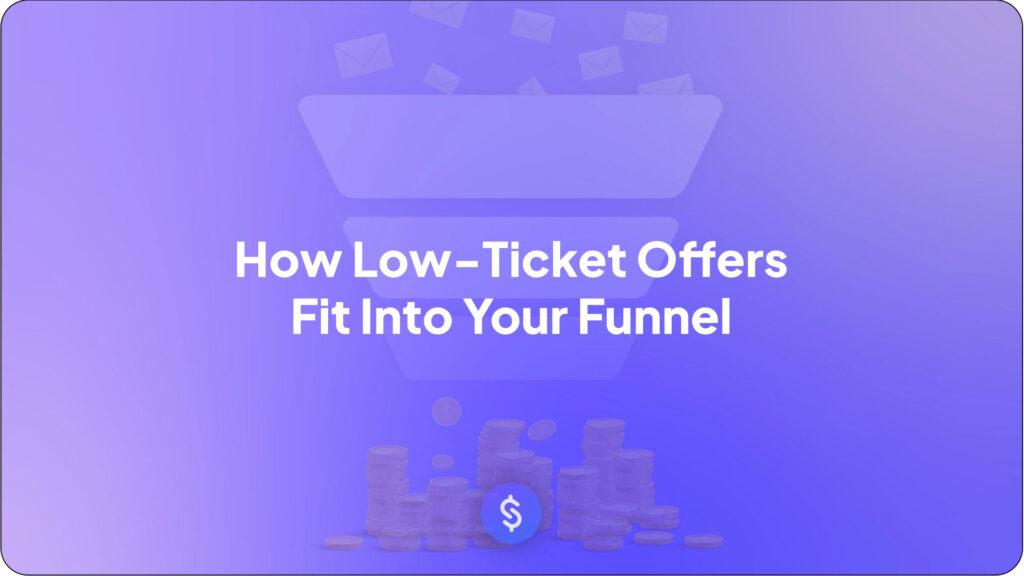
Your low-ticket product offer works best when placed between your lead magnet and core offer, creating a natural path for new leads to take the next step. It’s not just about making a quick sale—it’s about building trust and guiding them toward your bigger offers.
| Funnel Stage | Lead Magnet → | Low-Ticket Product → | Core Offer → | Upsell/High-Ticket |
|---|---|---|---|---|
| Cost | Free | $7–$50 | $97–$297 | $497–$2,000+ |
| Purpose | Attract & collect emails | Convert leads into buyers | Deliver deeper transformation | Maximize customer value |
| Value Provided | High, but incomplete | Quick win, high perceived value | Full solution | Advanced, premium experience |
| Conversion Goal | Capture email & build trust | Make first sale & qualify leads | Deliver core transformation | Scale revenue with premium offers |
Where & When to Offer Your Low-Ticket Product for Maximum Sales
For your low-ticket product product to work, timing is everything. You want to offer it at the right moment—when leads are engaged, excited, and more likely to buy.
✔ Thank You Page After Opt-In (Best Conversion Rate!)
- As soon as someone downloads a freebie, redirect them to a one-time low-ticket offer.
- Example: Free Instagram checklist → $17 Instagram Canva templates on the thank-you page.
✔ Email Nurture Sequence (Follow Up If They Don’t Buy!)
- Send 3–5 emails reminding subscribers of the offer.
- Example sequence: Welcome email → Reminder email → Last chance email.
Now that you know where to place your low-ticket digital product, it’s time to create one that sells.
Let’s break down the best-performing product types and how to pick the right one for your business.
Types of Low-Ticket Products

The best low-ticket products deliver quick value, solve a specific pain point, and naturally lead to your higher-ticket offers.
But not all low-ticket products work the same way—some are done-for-you resources, others are bite-sized trainings, and some help automate a process.
Here are seven proven formats that work across different niches and audiences.
🛠️ 1. Templates, Swipe Files & Frameworks
Best for: Creators, freelancers, coaches, business owners
People love done-for-you resources because they reduce effort and decision fatigue.
✅ Examples:
- Content Creators → “30 Instagram Canva Templates” ($17)
- Copywriters → “10 High-Converting Email Swipe Files” ($27)
- Coaches & Consultants → “Sales Call Framework for Closing More Clients” ($19)
- Freelancers → “Proposal & Contract Templates” ($29)
💡 Why It Works: Buyers get instant results without having to start from scratch.
📚 2. Ebooks, Workbooks & Guides
Best for: Educators, service providers, bloggers, business coaches
Ebooks and guides work well when they focus on a single topic and provide actionable takeaways.
✅ Examples:
- Marketing → “30-Day Instagram Growth Guide” ($17)
- Finance → “Beginner’s Guide to Investing” ($19)
- Personal Development → “Self-Discovery Journal Prompts” ($9)
- Productivity → “90-Day Goal-Setting Workbook” ($27)
💡 Why It Works: High perceived value, low cost, and easy to deliver digitally.
🎓 3. Mini-Courses, Workshops & Webinars
Best for: Course Creators, business educators, personal development experts
A short, focused video training (under 60–90 minutes) works great as an entry level product.
✅ Examples:
- Marketing → “How to Land Your First 1,000 Email Subscribers” ($27)
- Coaching → “Mastering Mindset for Entrepreneurs” ($37)
- Design & Branding → “DIY Your First Website in 60 Minutes” ($47)
- Wellness & Spirituality → “Introduction to Tarot Readings” ($19)
💡 Why It Works: Builds trust fast and leads into bigger offers like full courses or memberships.
📊 4. Spreadsheets, Calculators & Planners
Best for: Business owners, finance experts, real estate professionals, productivity coaches
Spreadsheets and calculators automate decision-making, making them highly valuable to buyers.
✅ Examples:
- Real Estate → “Rental Property ROI Calculator” ($27)
- Finance → “Personal Budgeting Spreadsheet” ($19)
- Freelancers & Agencies → “Hourly Rate Calculator” ($17)
- Health & Fitness → “Macro Tracking & Meal Planning Spreadsheet” ($9)
💡 Why It Works: Low effort, high perceived value—people love plug-and-play tools that do the work for them.
🎯 5. Challenges & Bootcamps
Best for: Coaches, fitness trainers, business strategists, mindset experts
Challenges and bootcamps create urgency and engagement, making them high-converting entry products.
✅ Examples:
- Health & Wellness → “7-Day At-Home Workout Challenge” ($17)
- Productivity → “5-Day Get Organized Bootcamp” ($27)
- Spirituality & Mindset → “21-Day Gratitude & Manifestation Challenge” ($19)
- Marketing → “30-Day Content Creation Challenge” ($37)
💡 Why It Works: Encourages participation and can lead to memberships or coaching upsells.
🎁 6. Bundles & Resource Packs
Best for: Digital marketers, educators, productivity experts, Creators
Bundling products creates a sense of value, making it irresistible to buyers.
✅ Examples:
- Social Media Creators → “30 Canva Templates + 100 Caption Ideas” ($27)
- Coaches & Educators → “Freelancer Starter Kit: Proposal + Pricing Guide + Contract Templates” ($37)
- Wellness & Lifestyle → “30-Day Meal Plan + Shopping List + Recipe Ebook” ($19)
- Spirituality & Personal Growth → “Complete Astrology Chart + Interpretation Guide” ($47)
💡 Why It Works: Buyers perceive more value for a slightly higher price.
📖 7. Directories & Resource Lists
Best for: Niche bloggers, affiliate marketers, business strategists
If your audience values curated information, a directory or resource list can be a great low-ticket offer.
✅ Examples:
- Business & Marketing → “Top 50 Free Marketing Tools” ($17)
- Finance → “100 Best Side Hustles & Where to Start” ($27)
- Freelancing & Career → “50 Job Boards for Freelancers” ($19)
- Lifestyle & Travel → “Best Remote Work Destinations & Co-Working Spaces” ($9)
💡 Why It Works: Saves time for buyers and positions you as an expert curator.
Key Takeaways: Choosing the Right Low-Ticket Product Type
- ✅ If your audience wants quick implementation → Templates, swipe files, and planners work best.
- ✅ If they want to learn a new skill → Mini-courses, ebooks, and workshops are great options.
- ✅ If they need accountability → Challenges and bootcamps perform well.
- ✅ If they love “done-for-you” tools → Spreadsheets, calculators, and resource bundles will sell easily.
Now that you know the best low-ticket product types, the next step is choosing one that aligns with your audience.
How to Come Up with a Profitable Low-Ticket Product Idea

The best entry product ideas aren’t random—they solve a specific problem, feel instantly valuable, and set the stage for your bigger offers.
Instead of overthinking it, start with what you already have: your audience’s biggest struggles and the content you’ve already created.
Here are three ways to uncover a low-ticket product idea that sells.
1. Solve a Specific, Frustrating Problem
Your low-ticket offer should deliver an instant win—solving one small but urgent pain point.
Ask yourself:
✅ What’s a small but annoying problem my audience faces?
✅ What quick fix would save them time, effort, or frustration?
✅ Would they pay $7–$50 for a fast, done-for-you solution?
💡 Tip: Check your DMs, comments, and emails—your audience’s biggest struggles are often hidden in their questions.
2. Turn a Freebie into a Paid Offer
Your best low-ticket product idea might already exist—it just needs an upgrade from freebie like a lead magnet to paid product.
Ask yourself:
✅ How can I make my free content more actionable?
✅ Can I offer a done-for-you version instead of just information?
✅ What’s the next logical step they’d pay for?
💡 Example: If your lead magnet is a free blog checklist, your low-ticket offer could be 50 pre-written blog title templates for $17.
3. Repurpose & Bundle Existing Content
You don’t need to start from scratch—many low-ticket offers are just existing content, packaged differently.
Ask yourself:
✅ Can I combine templates, worksheets, or checklists into a mini-bundle?
✅ Can I extract one module from a course and sell it as a standalone?
✅ Can I turn a step-by-step blog post into a downloadable PDF?
💡 Tip: Look at your highest-performing content—if people already engage with it for free, chances are they’d pay for a premium version.
Bringing Your Low-Ticket Product to Life
You don’t need a complex product or a massive audience—a simple, high-value solution is all it takes to turn followers into buyers.
Whether you’re repurposing content, upgrading a freebie, or solving a specific problem, your low-ticket product should be easy to create and impossible to ignore.
Turn Followers into Buyers—Now It’s Your Move
Low-ticket product offers aren’t just about making quick sales—they’re about building trust, qualifying your audience, and paving the way for bigger offers.
By offering a high-value, low-cost product at the right moment, you remove friction, create an easy first step, and make it far more natural for customers to invest in higher-ticket offers down the line.
A well-positioned low-ticket product can transform how you monetize your audience. The key? Make it an easy yes—valuable, affordable, and seamlessly integrated into your funnel.
Start small, test, refine—then let your low-ticket product do the heavy lifting.
